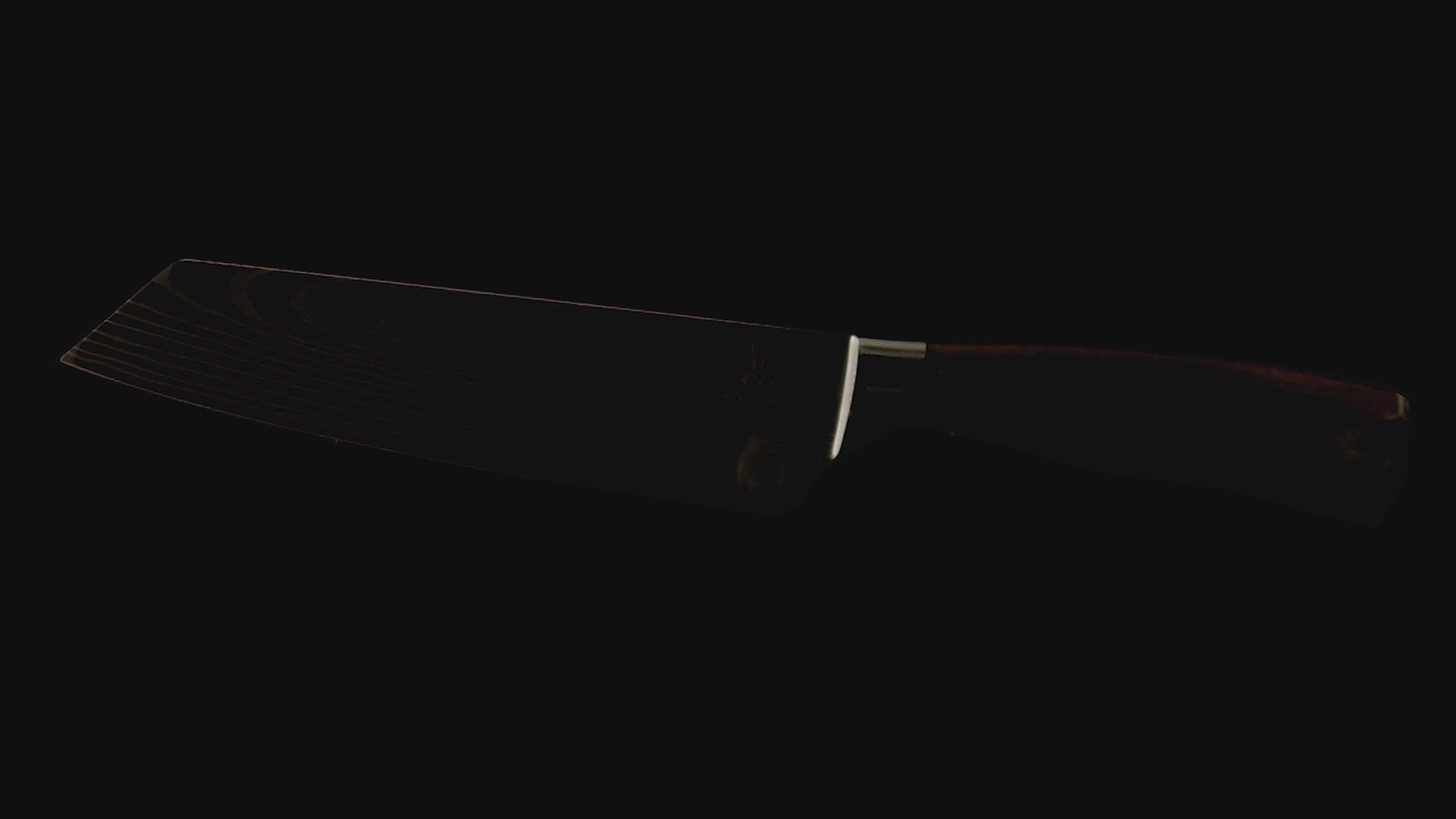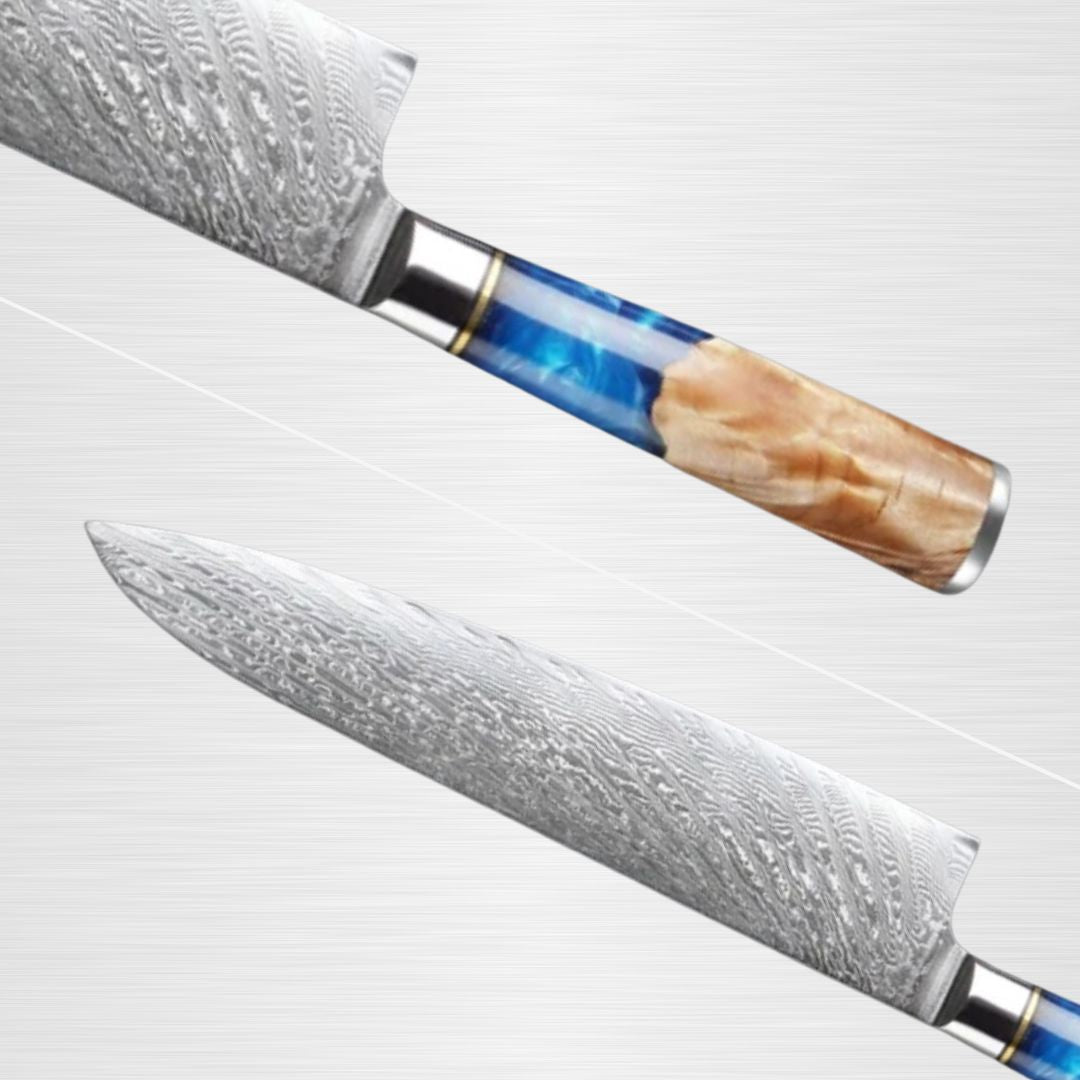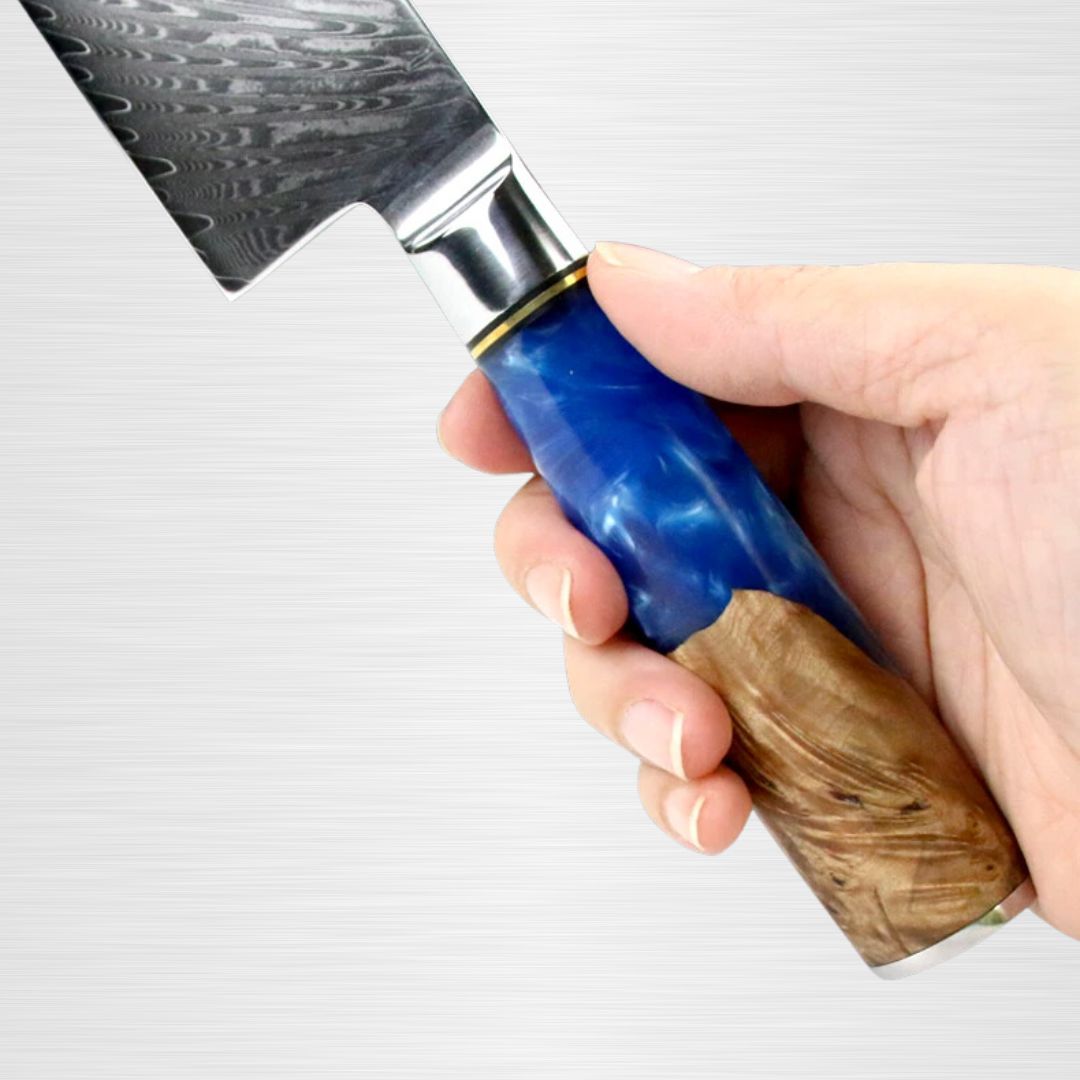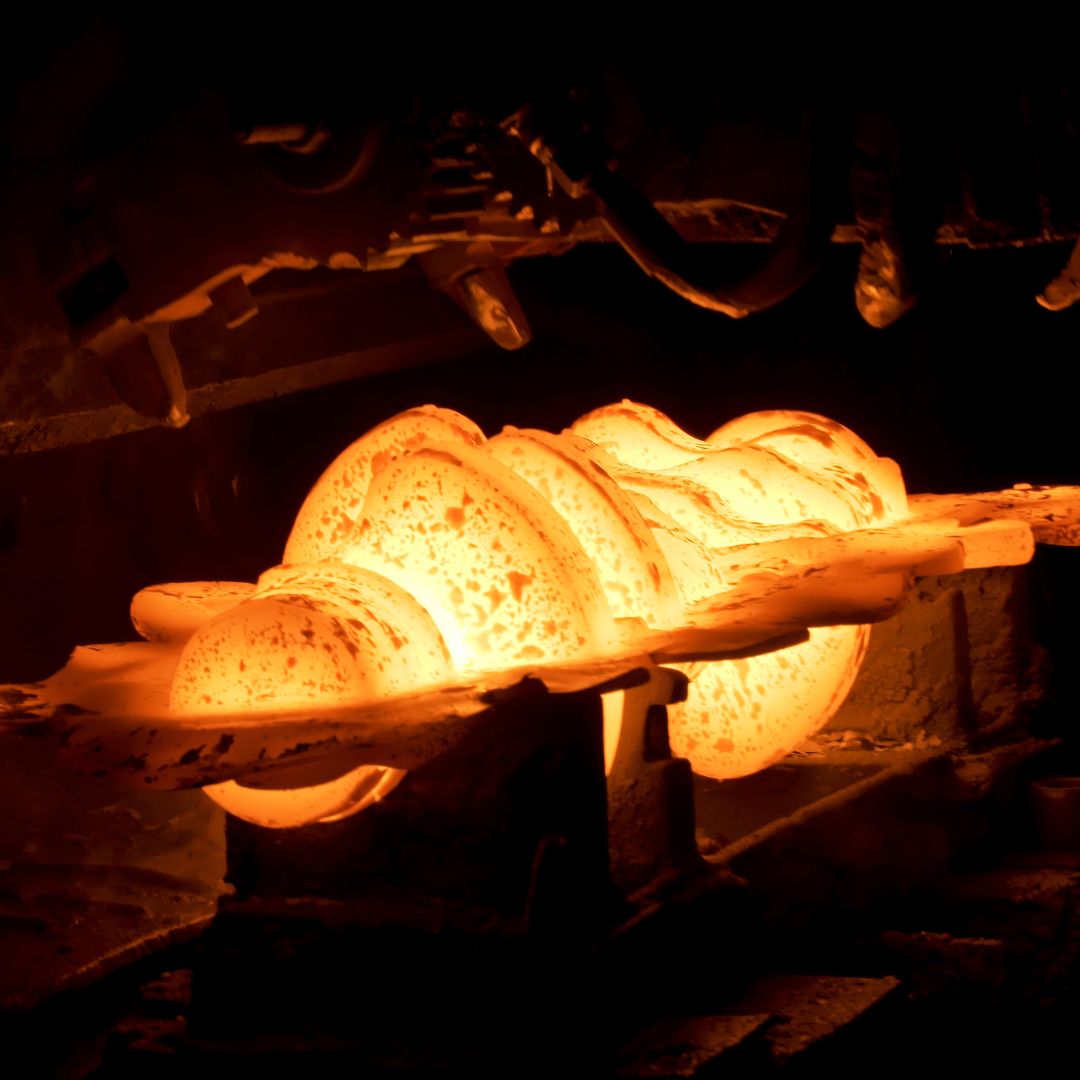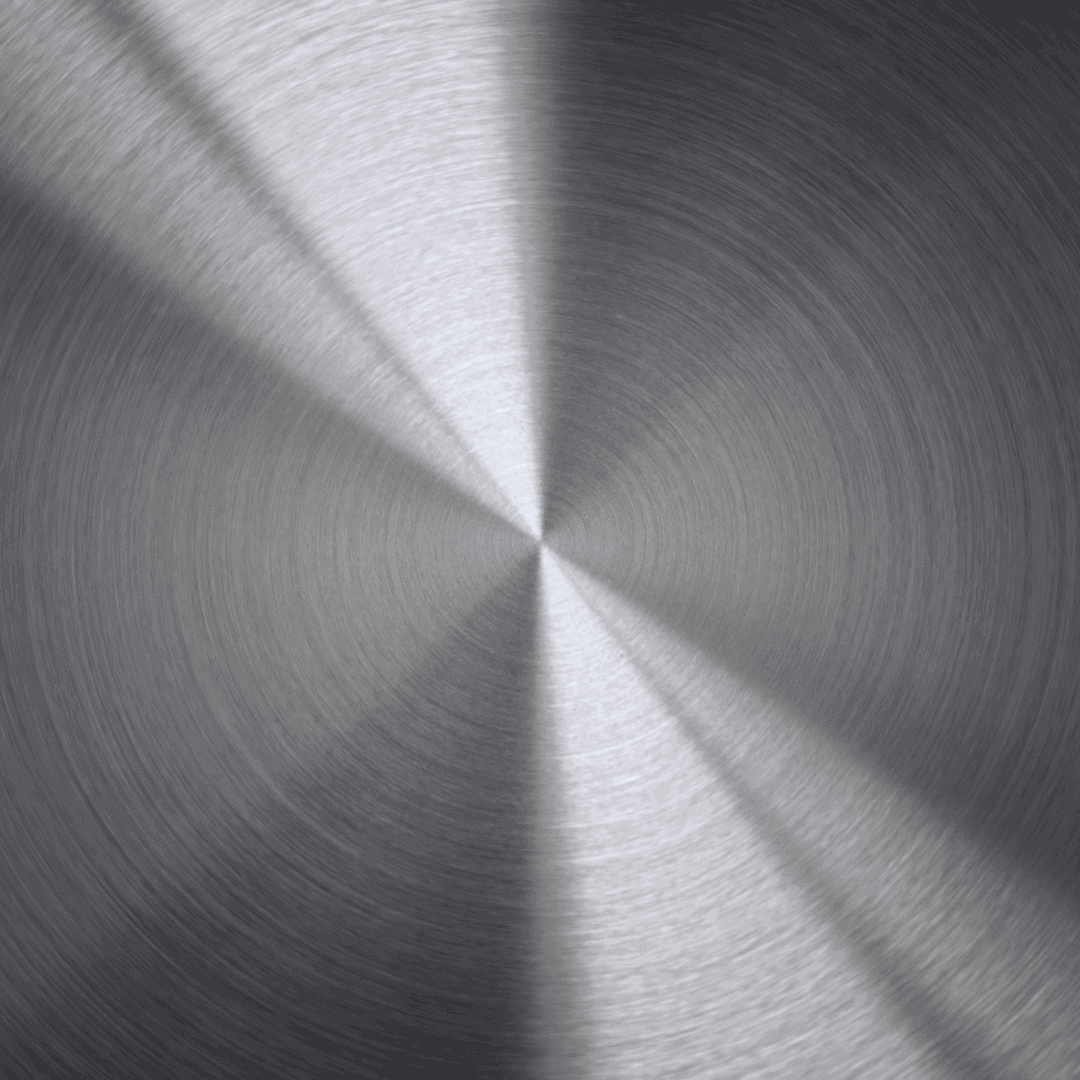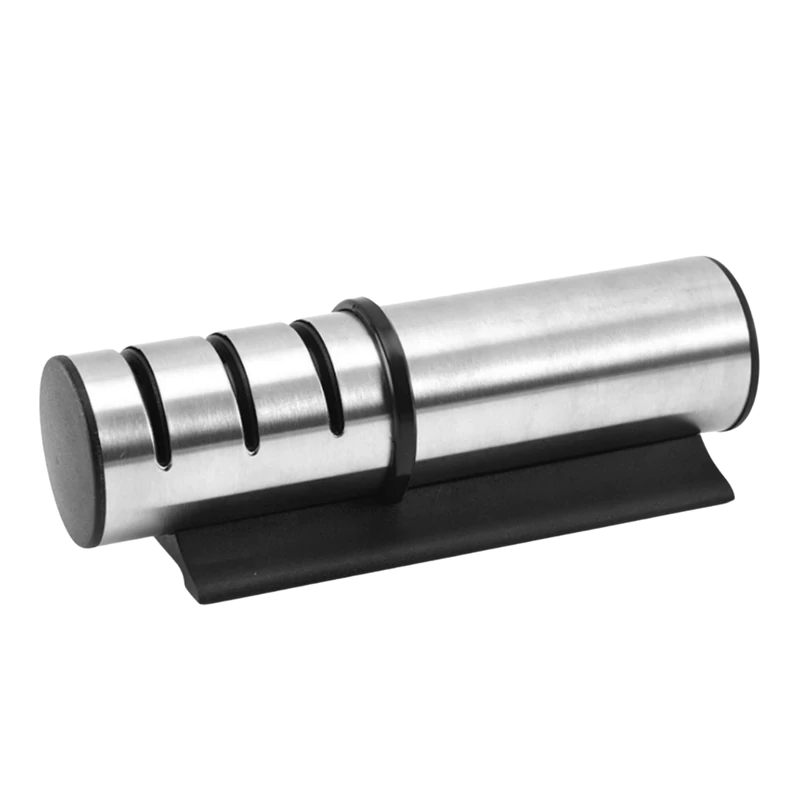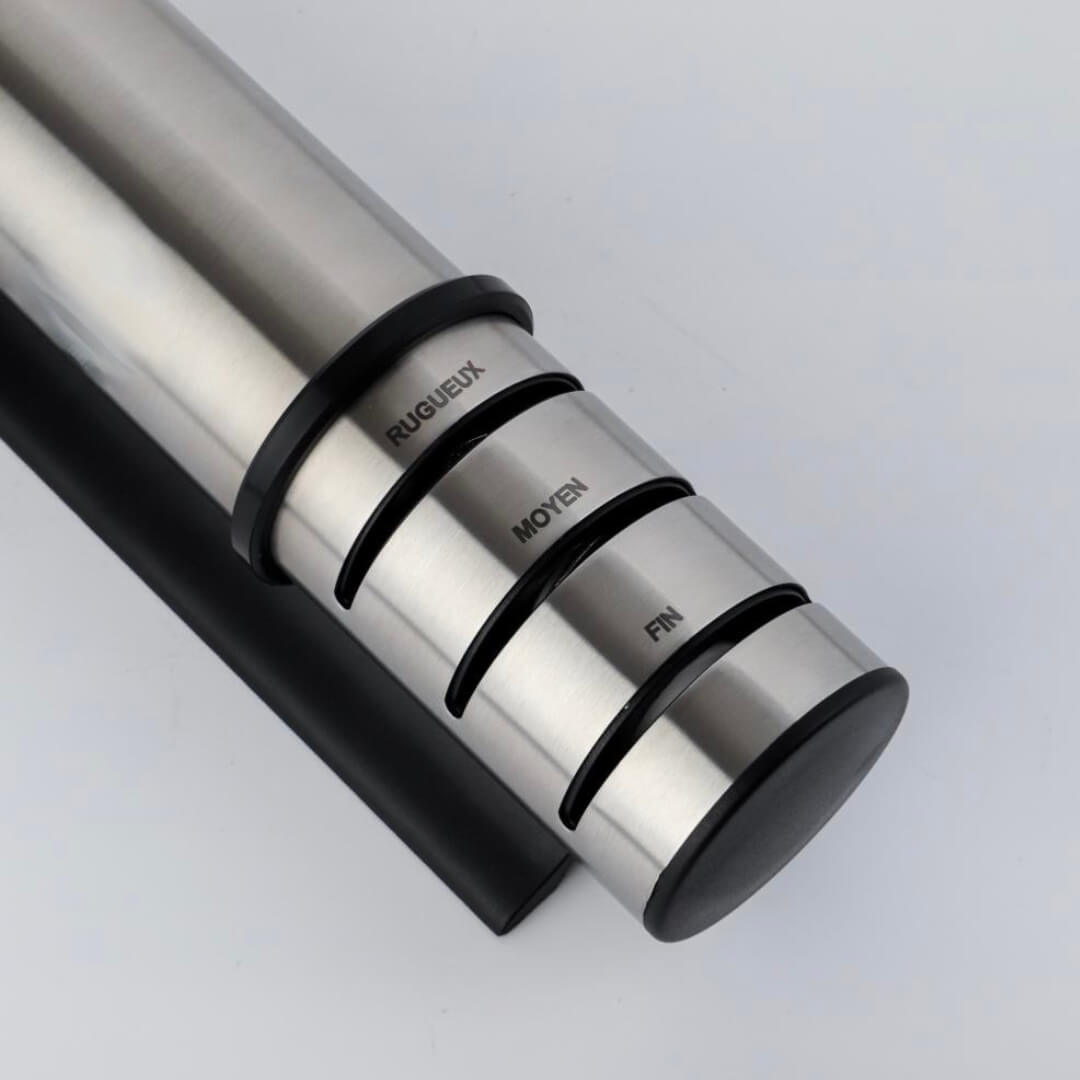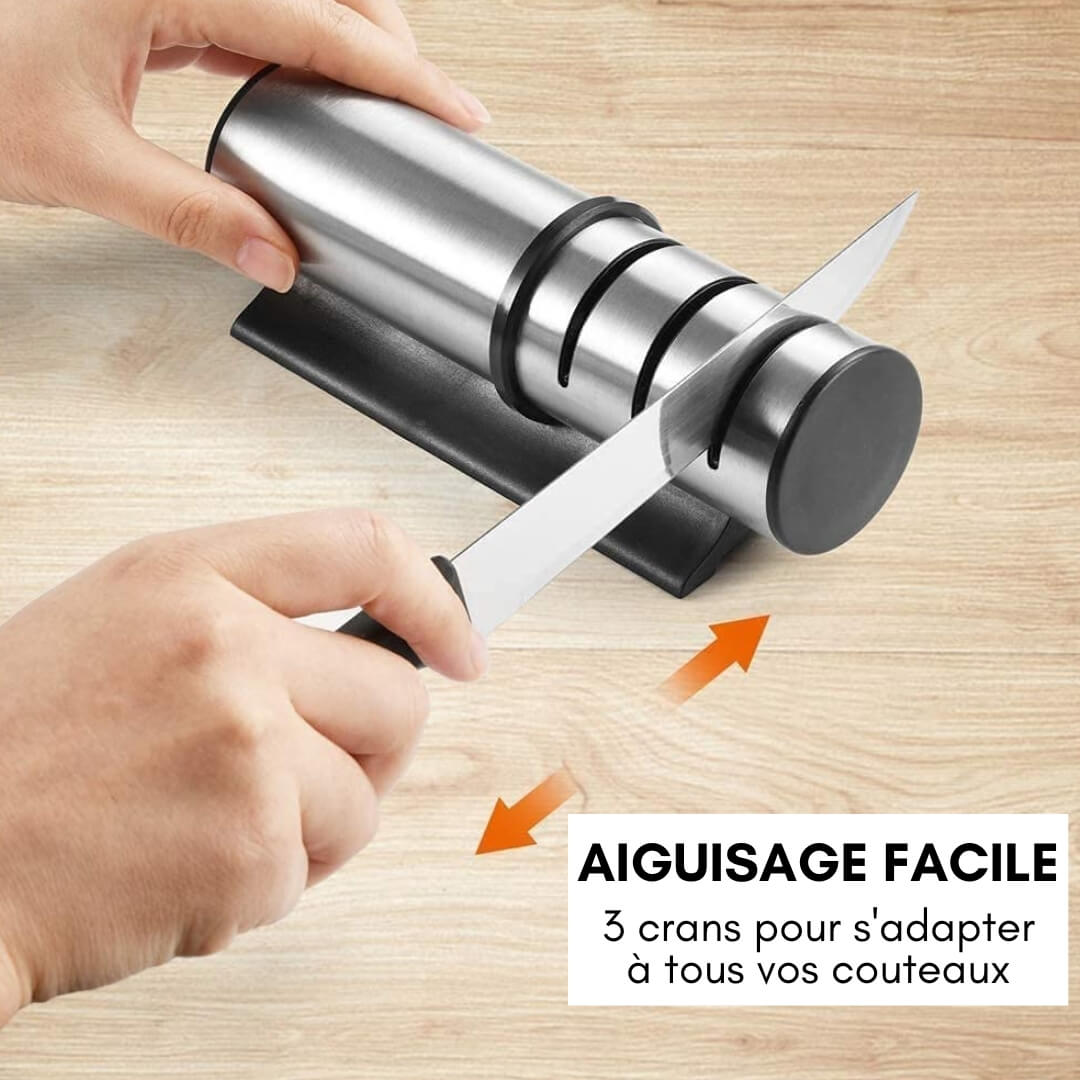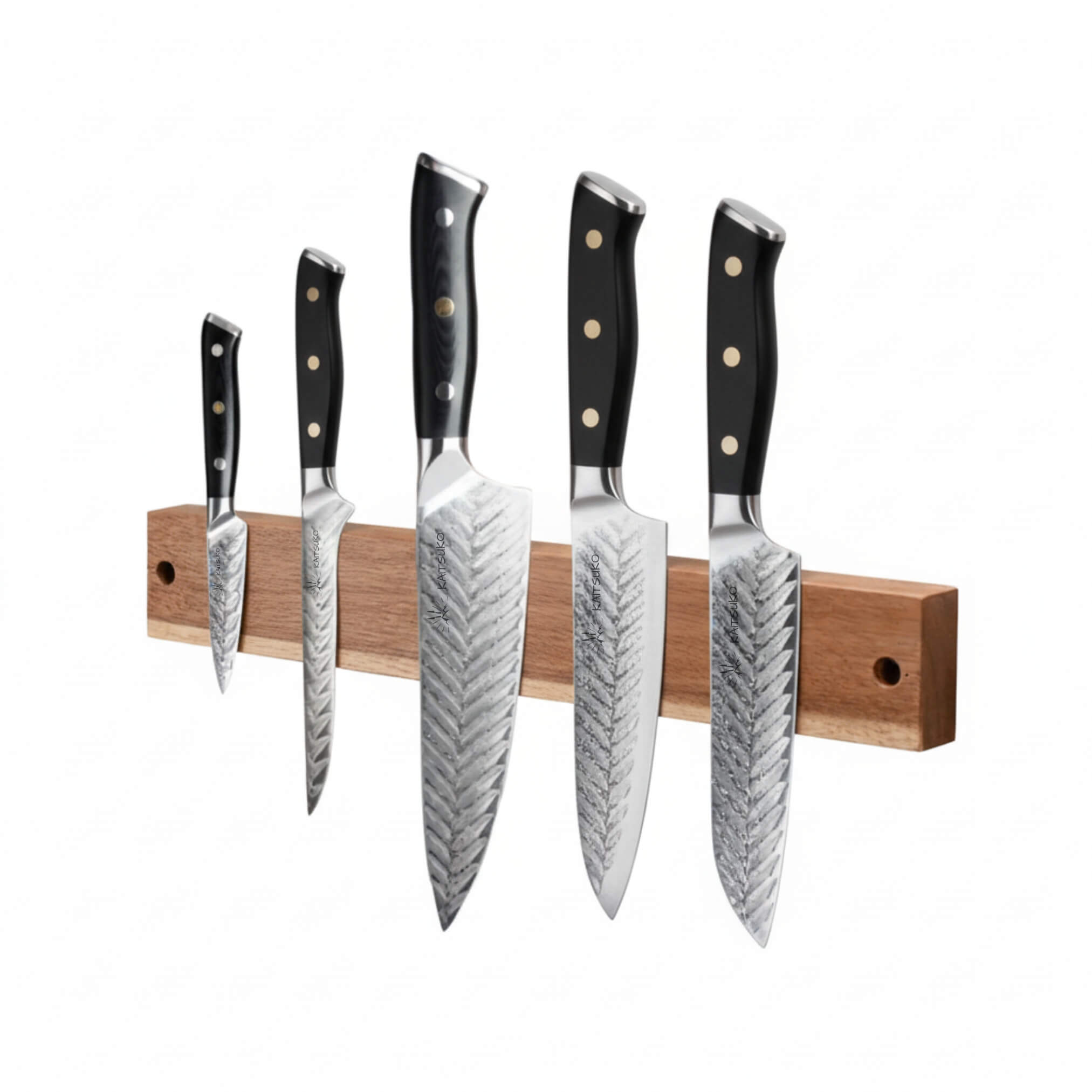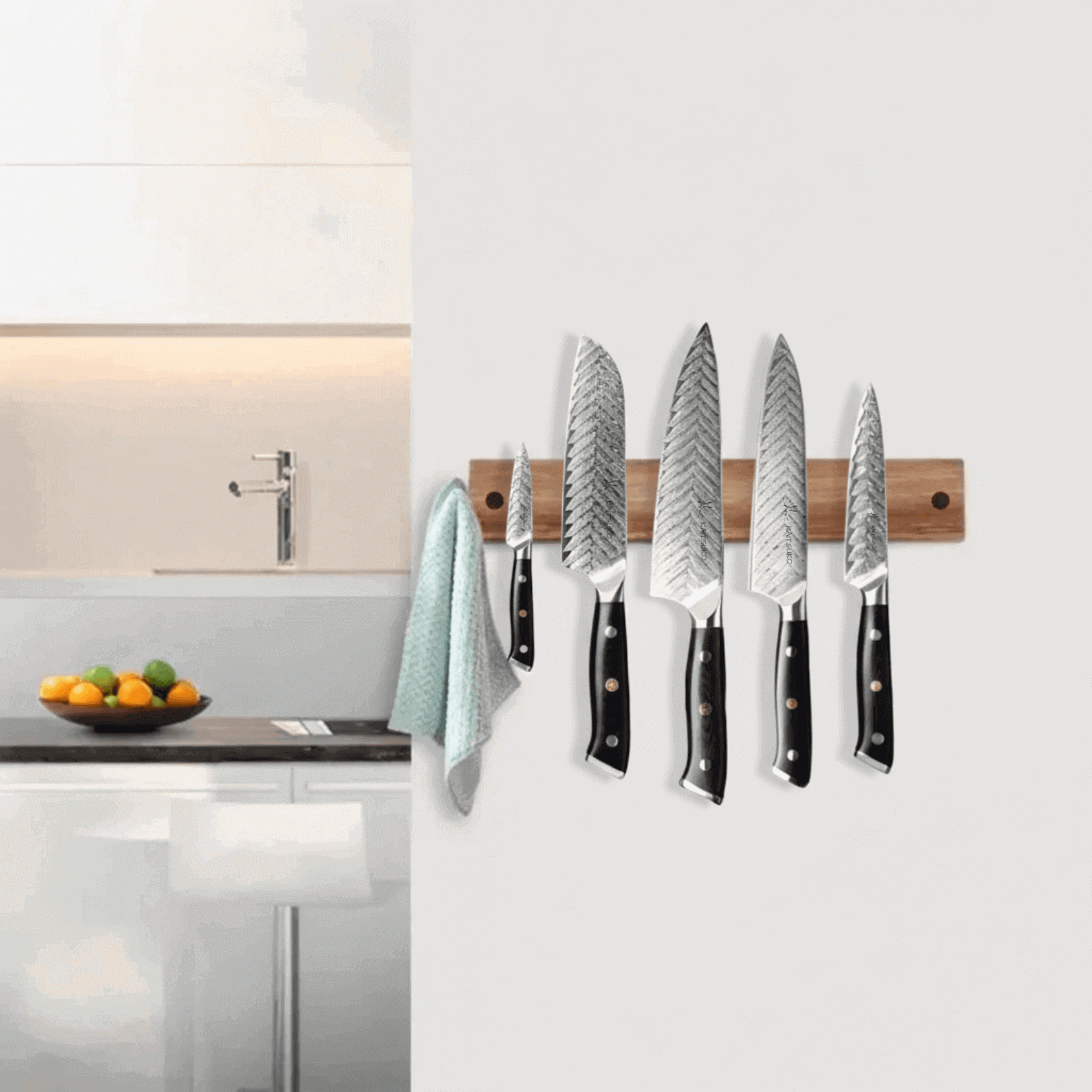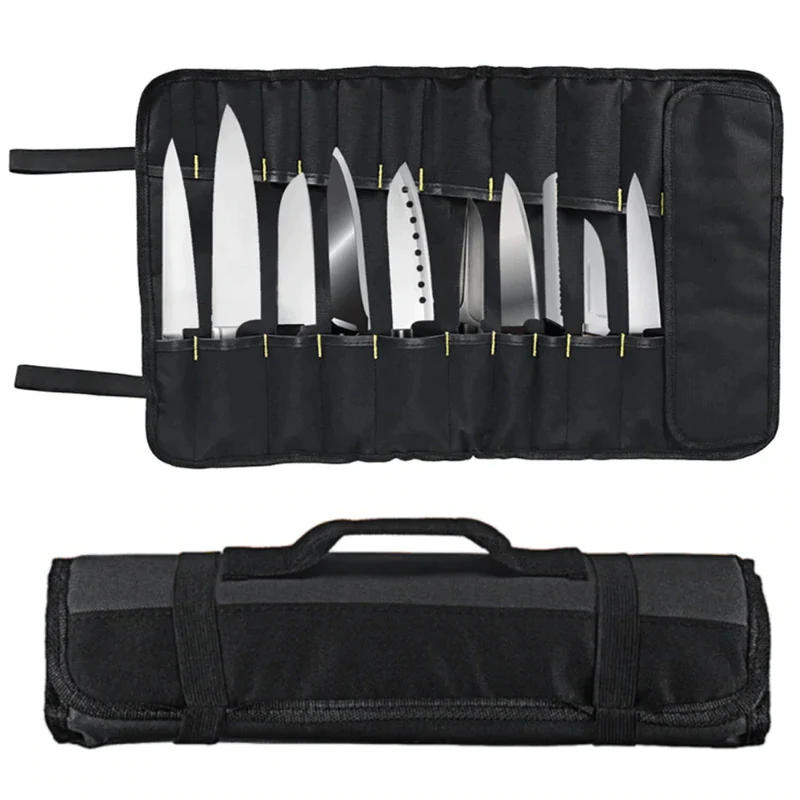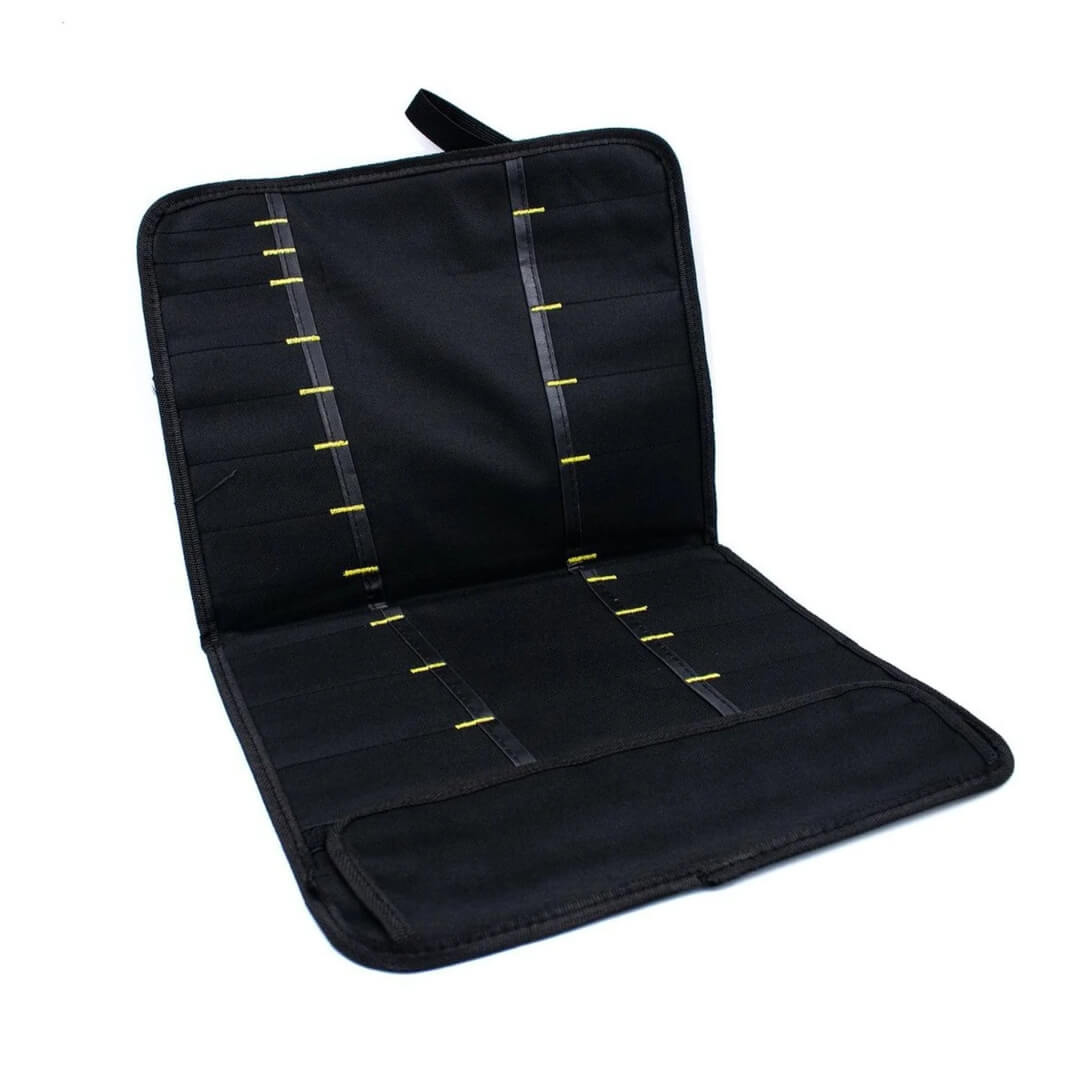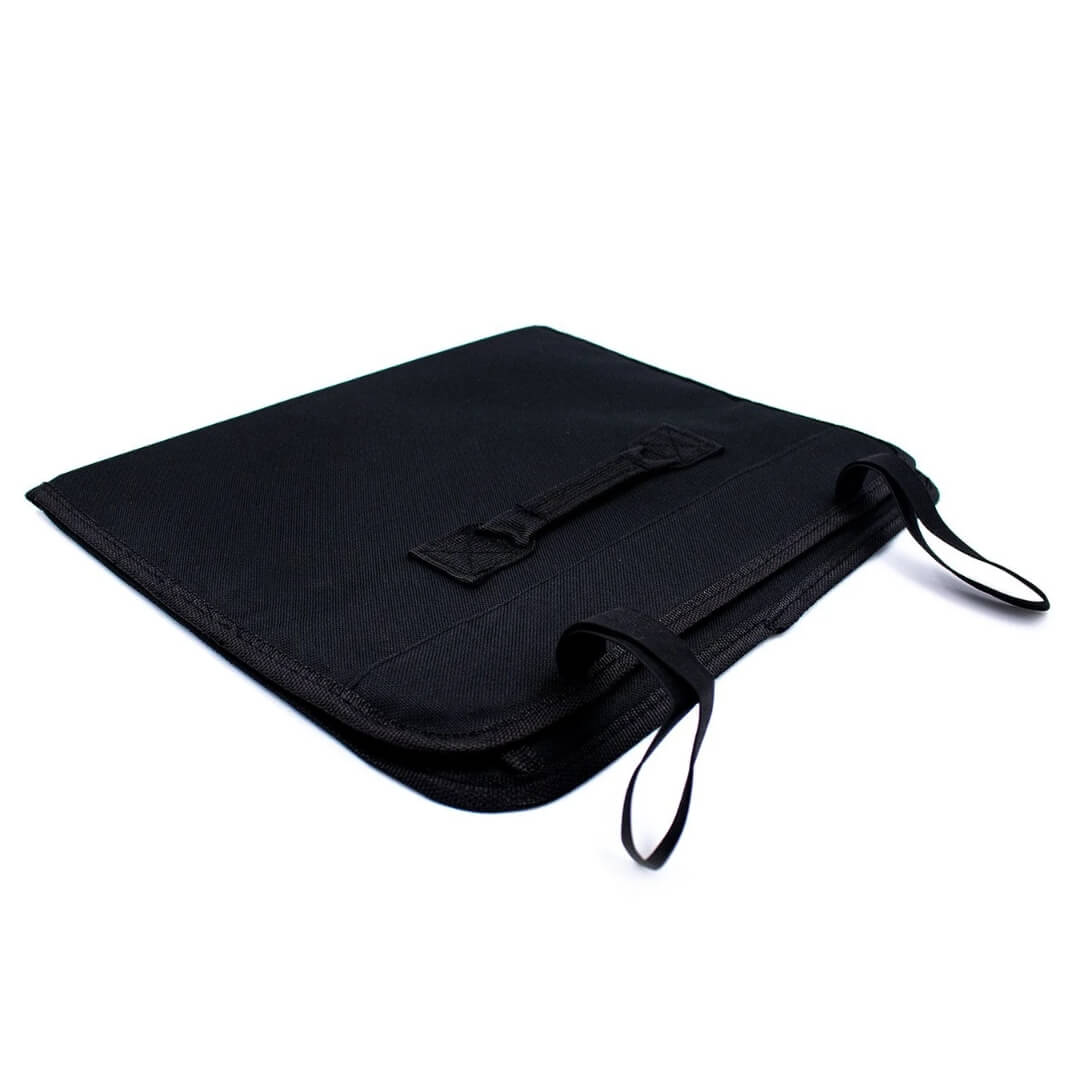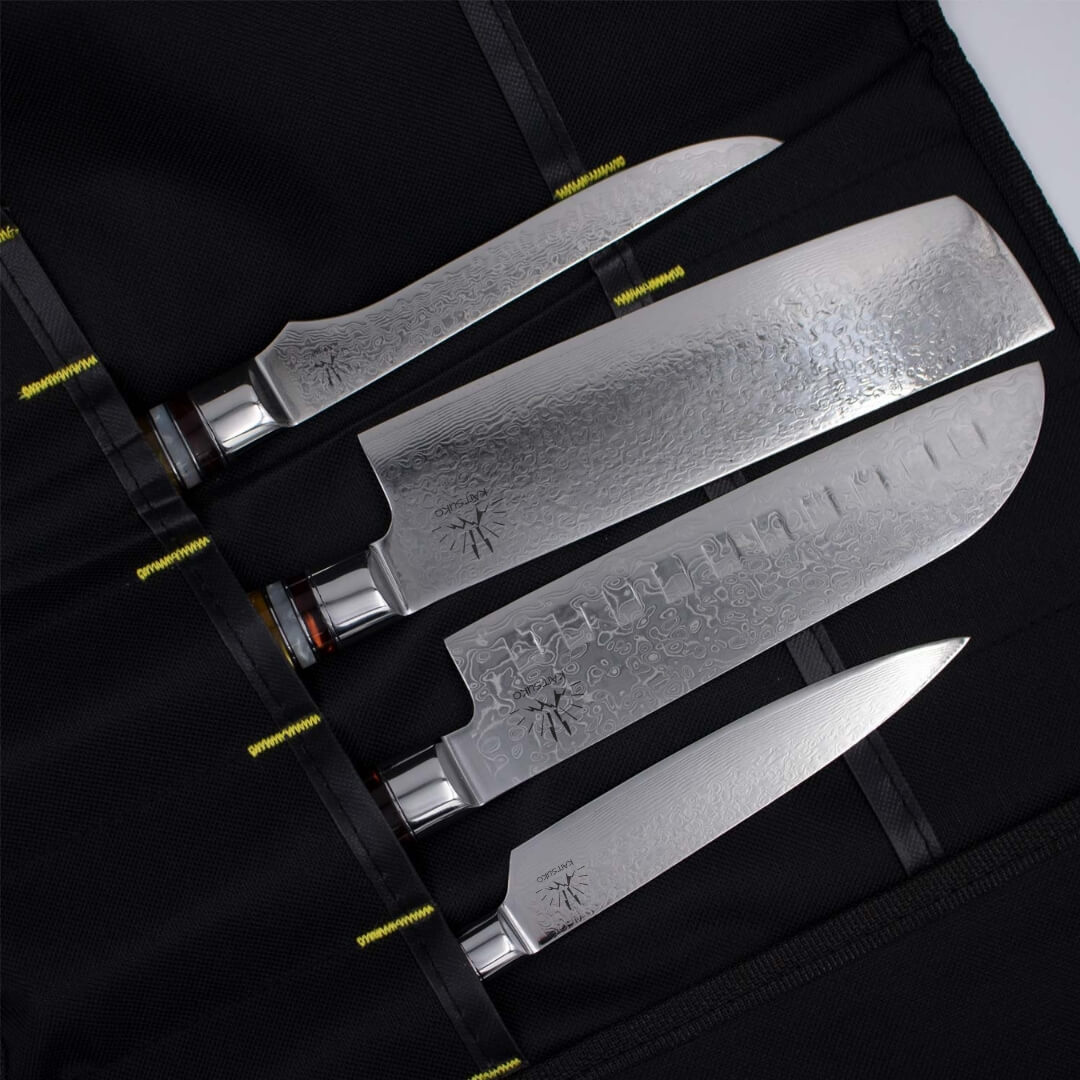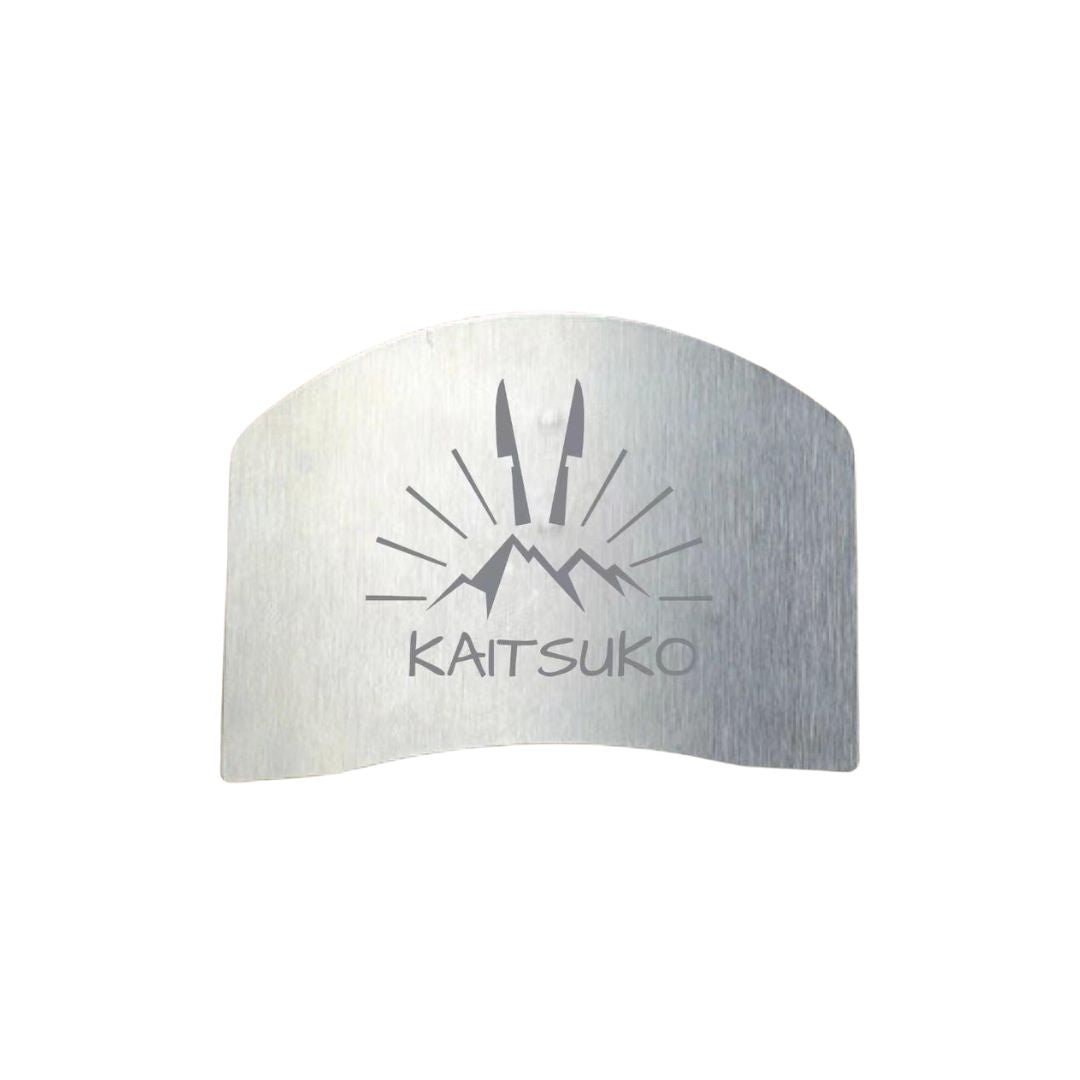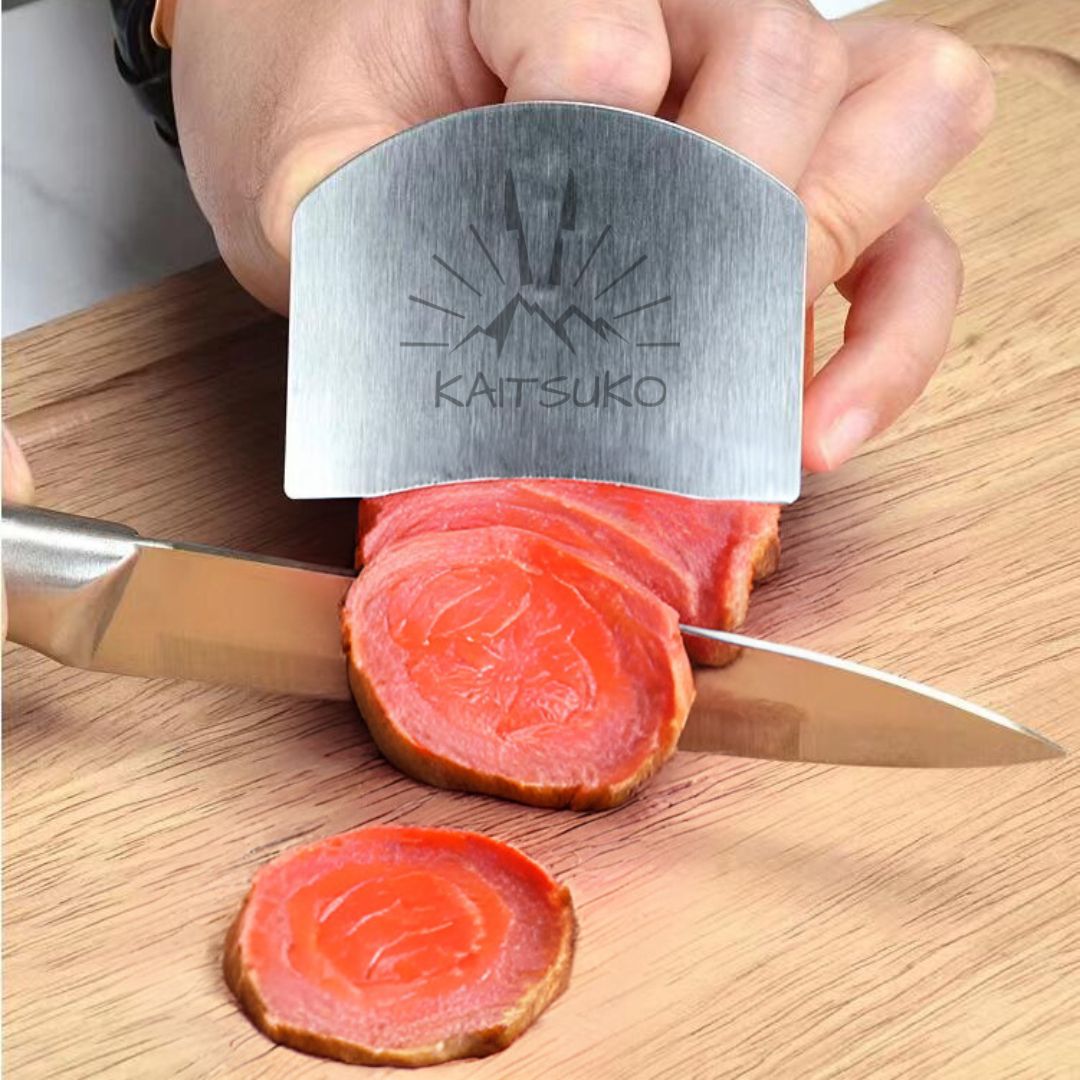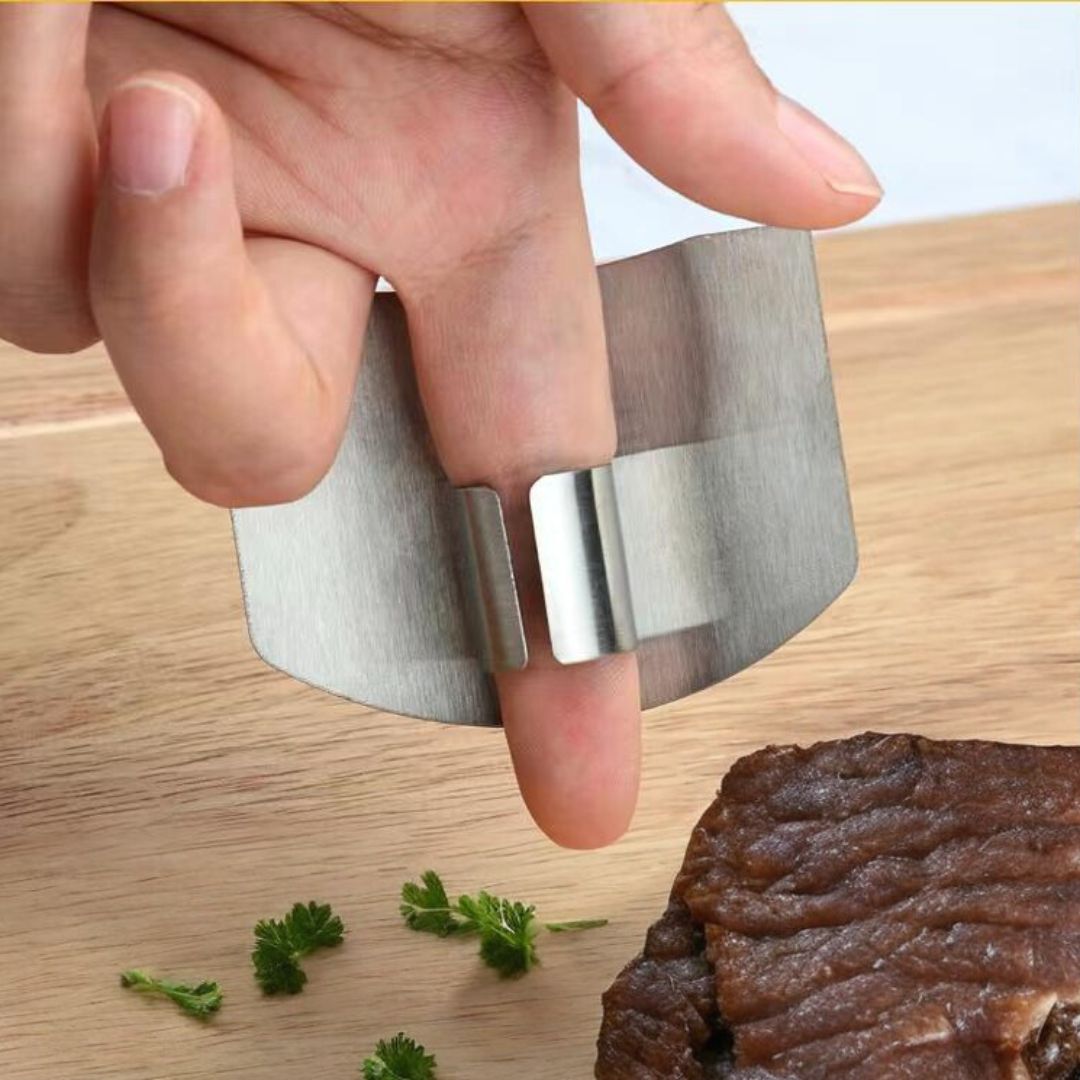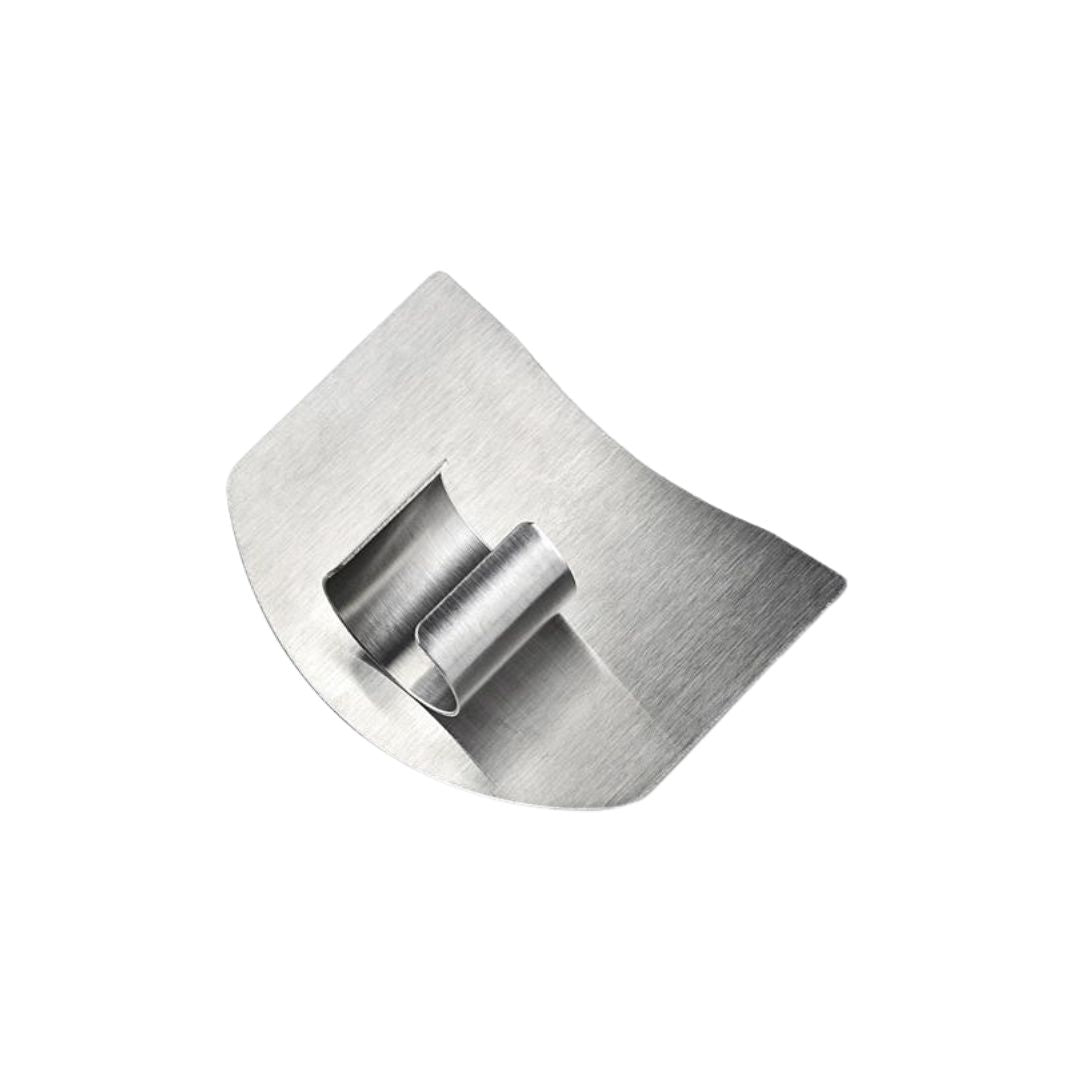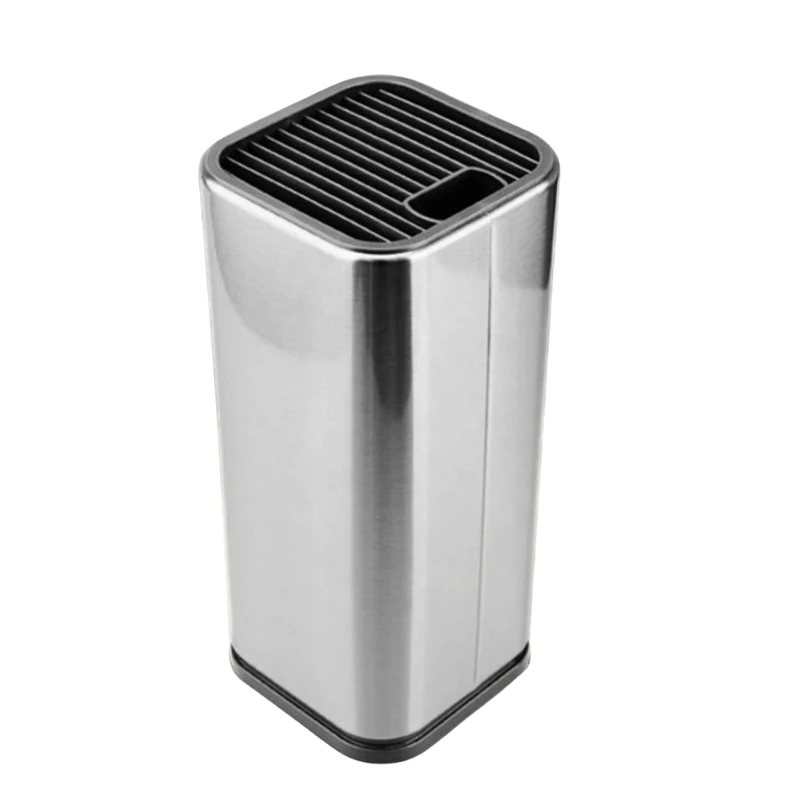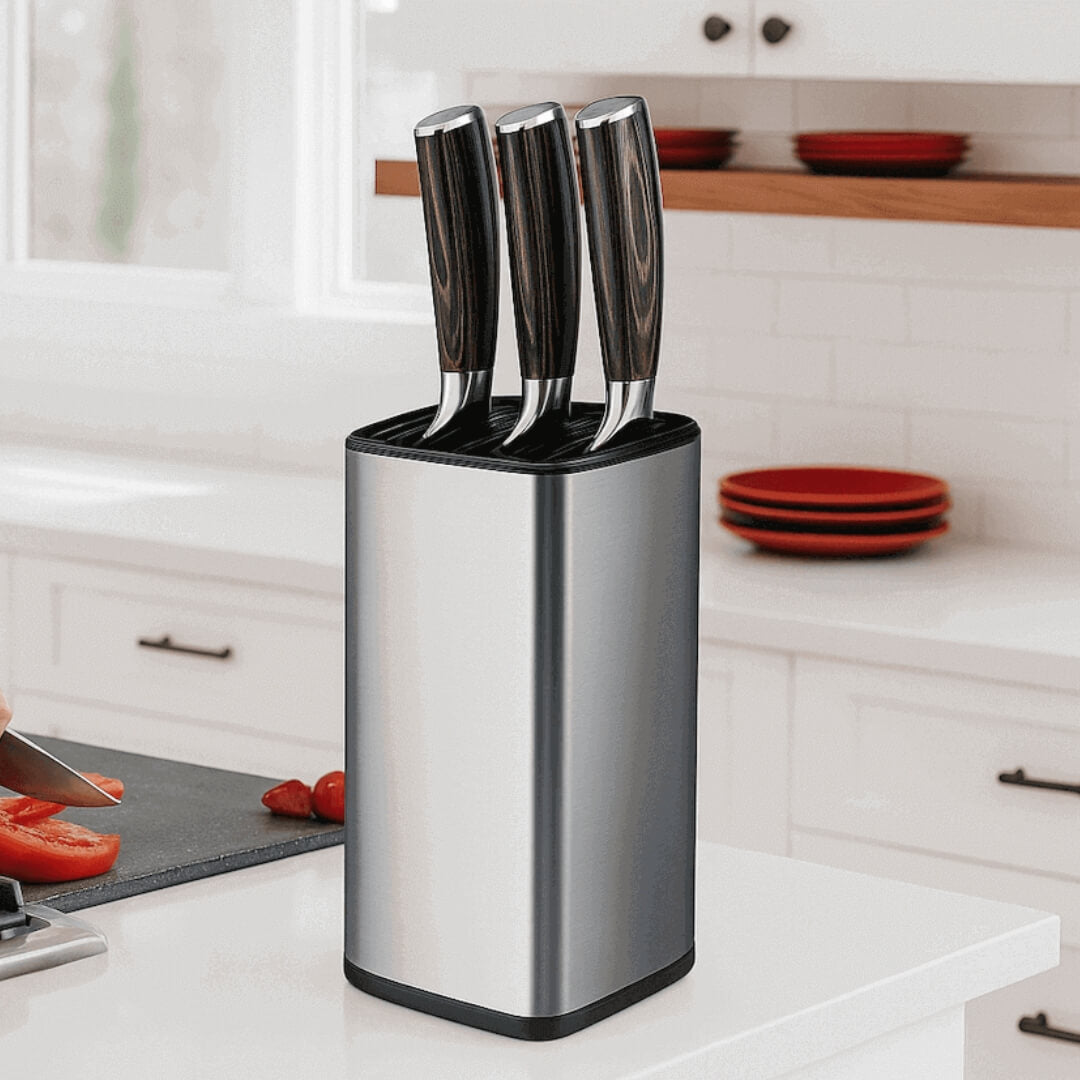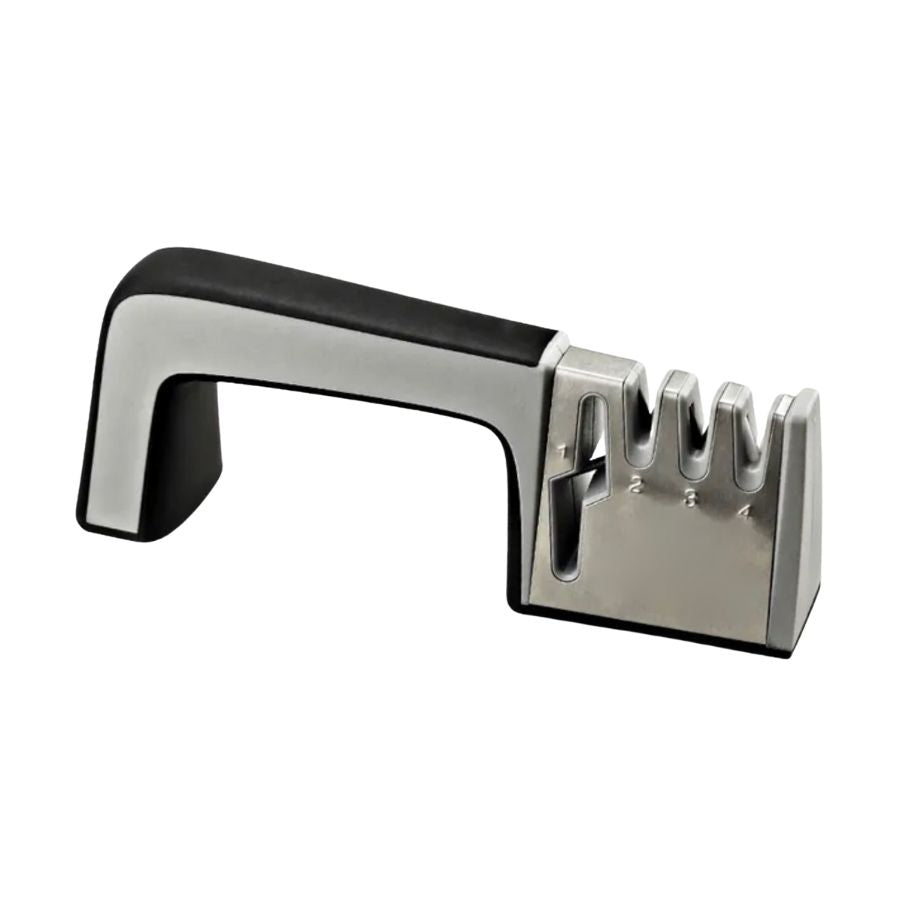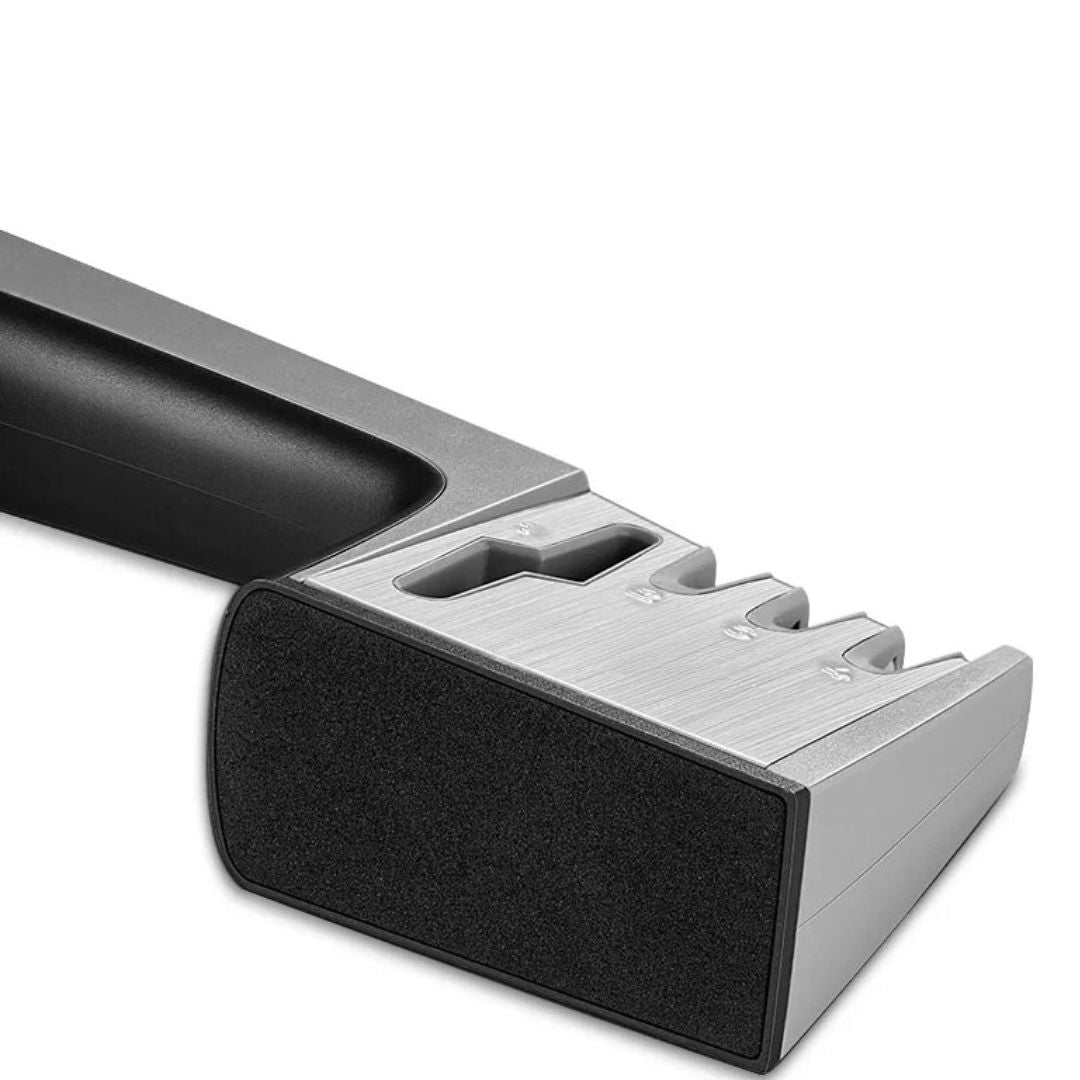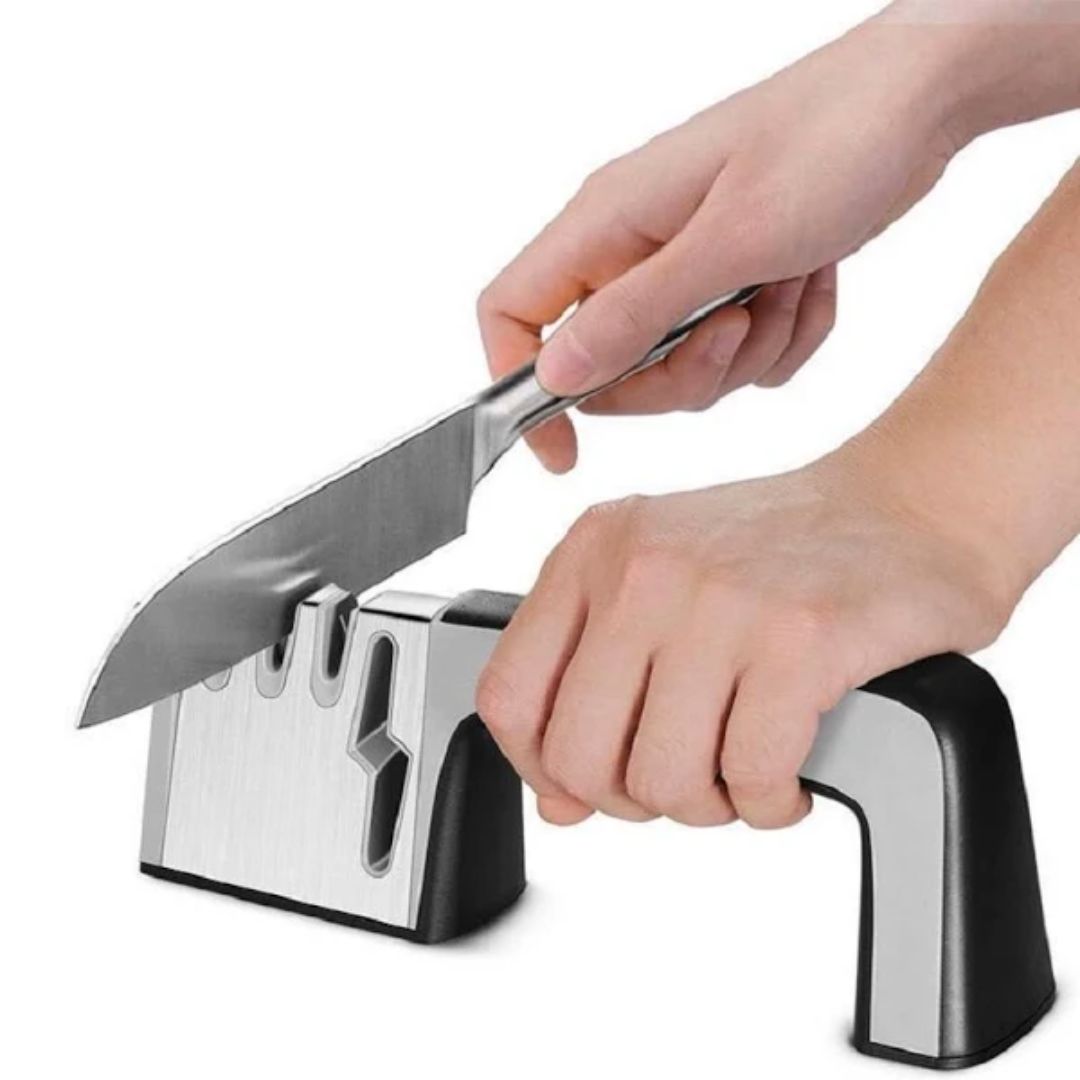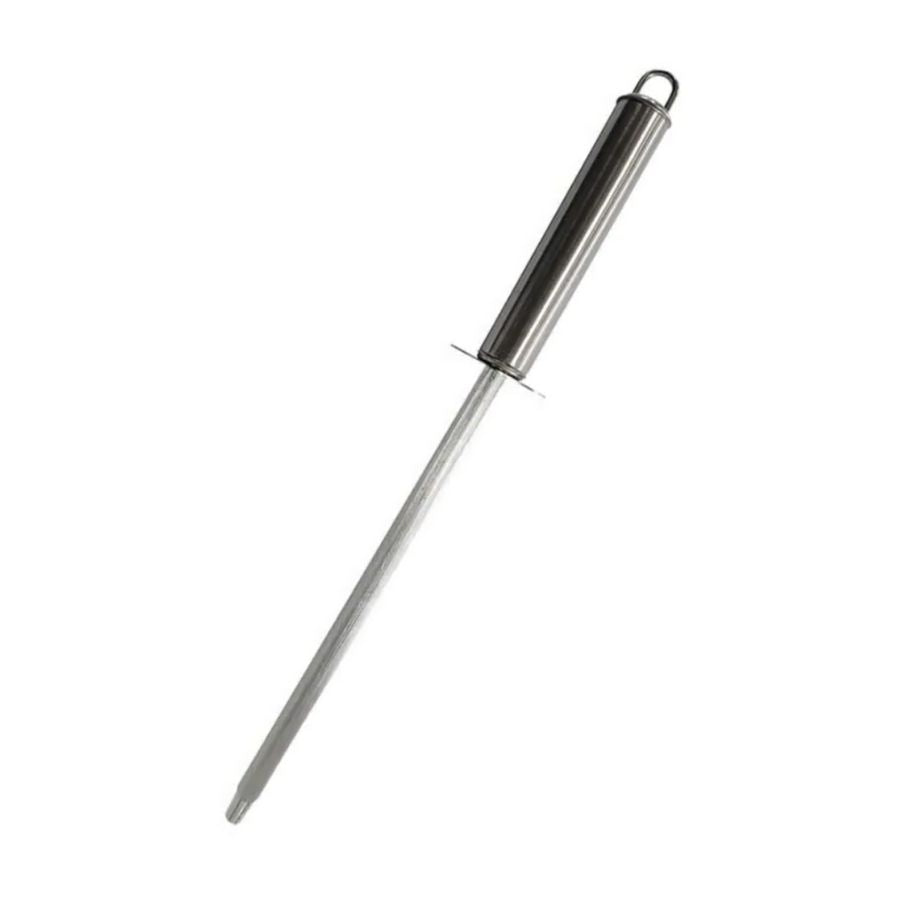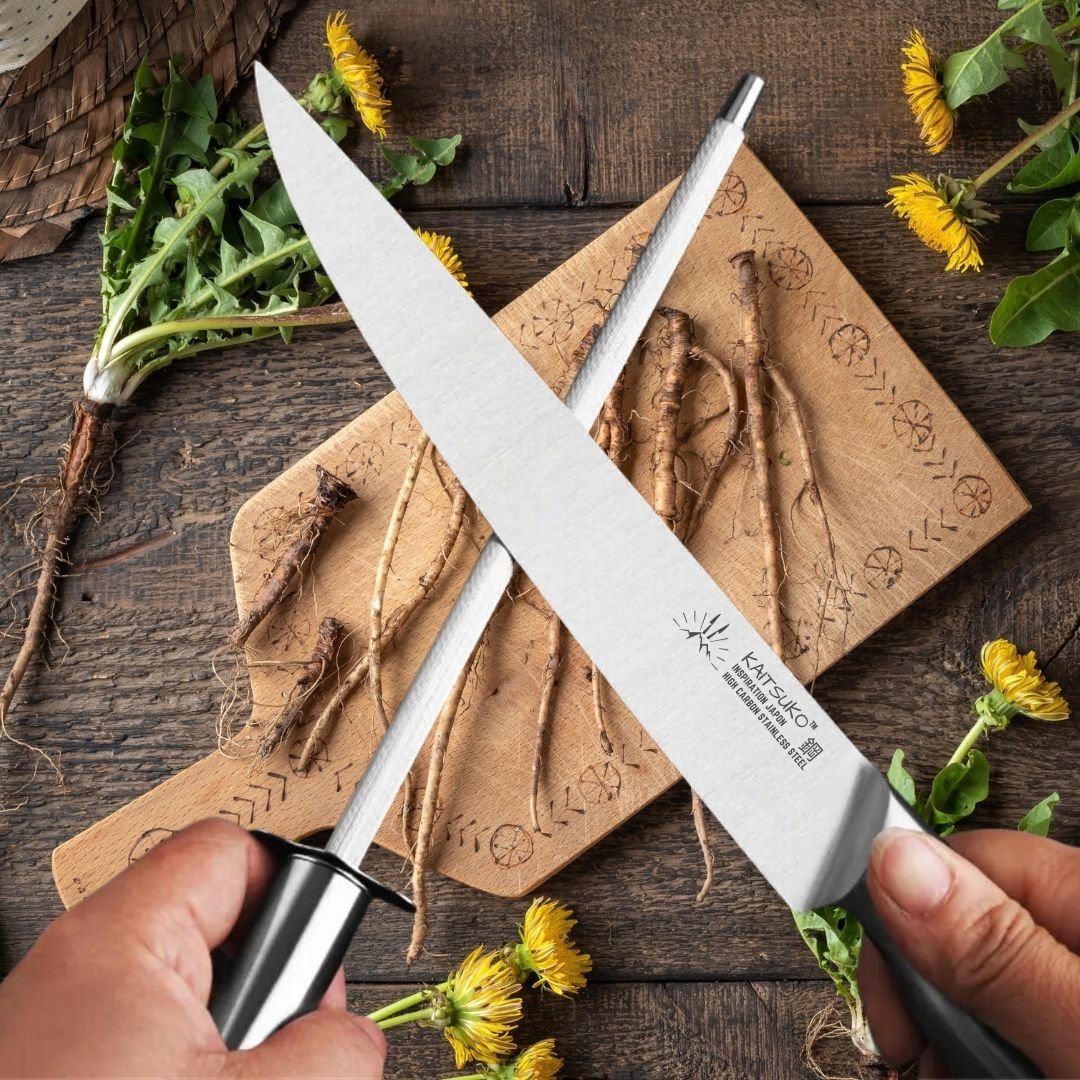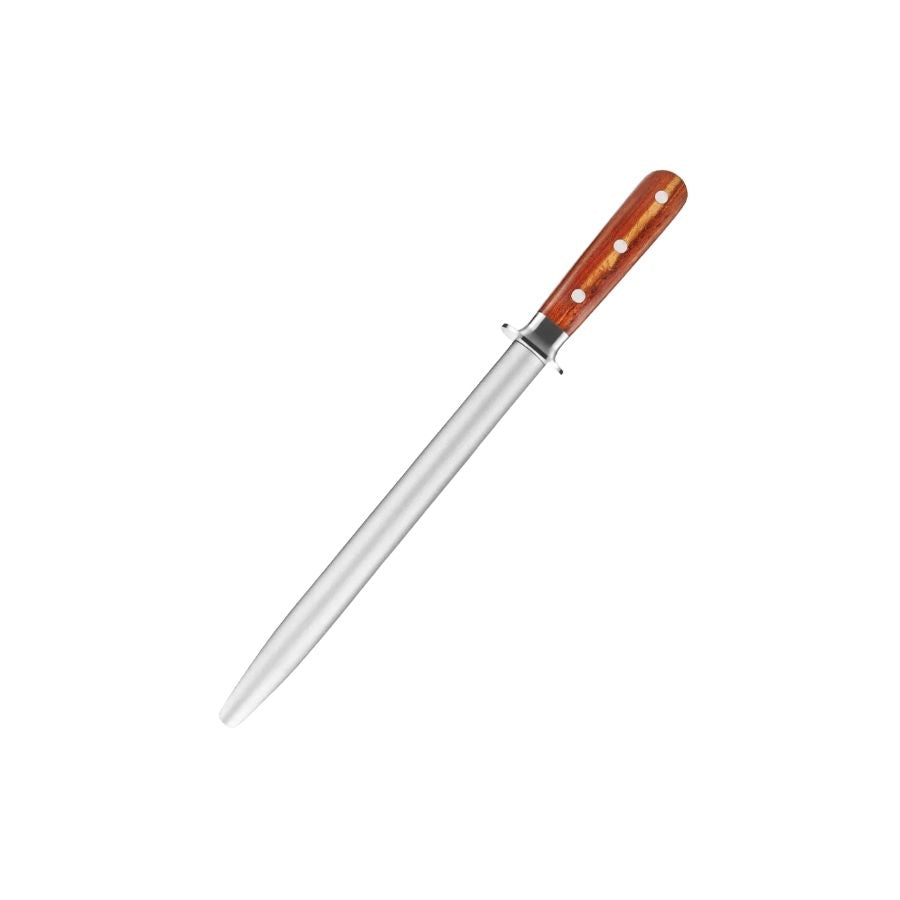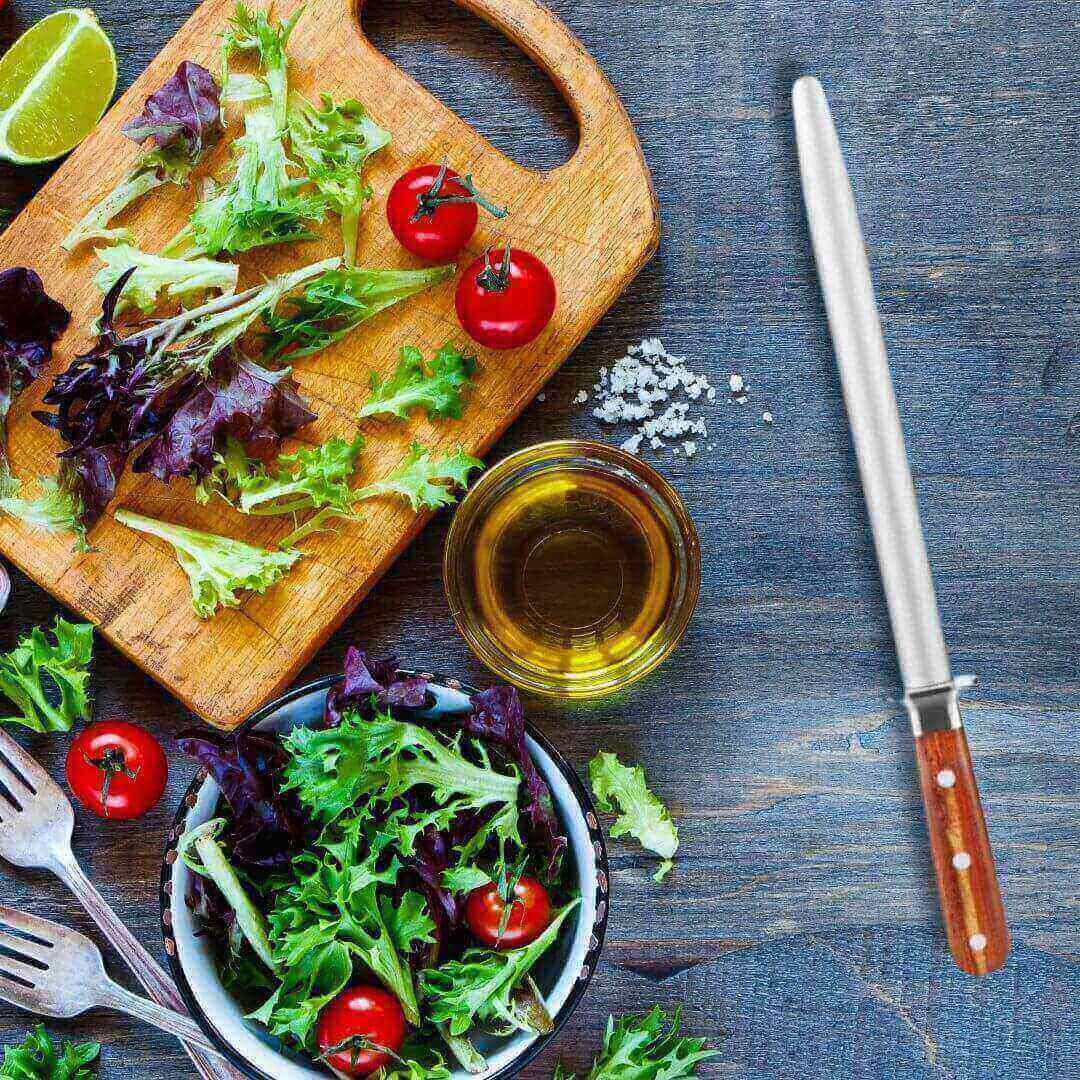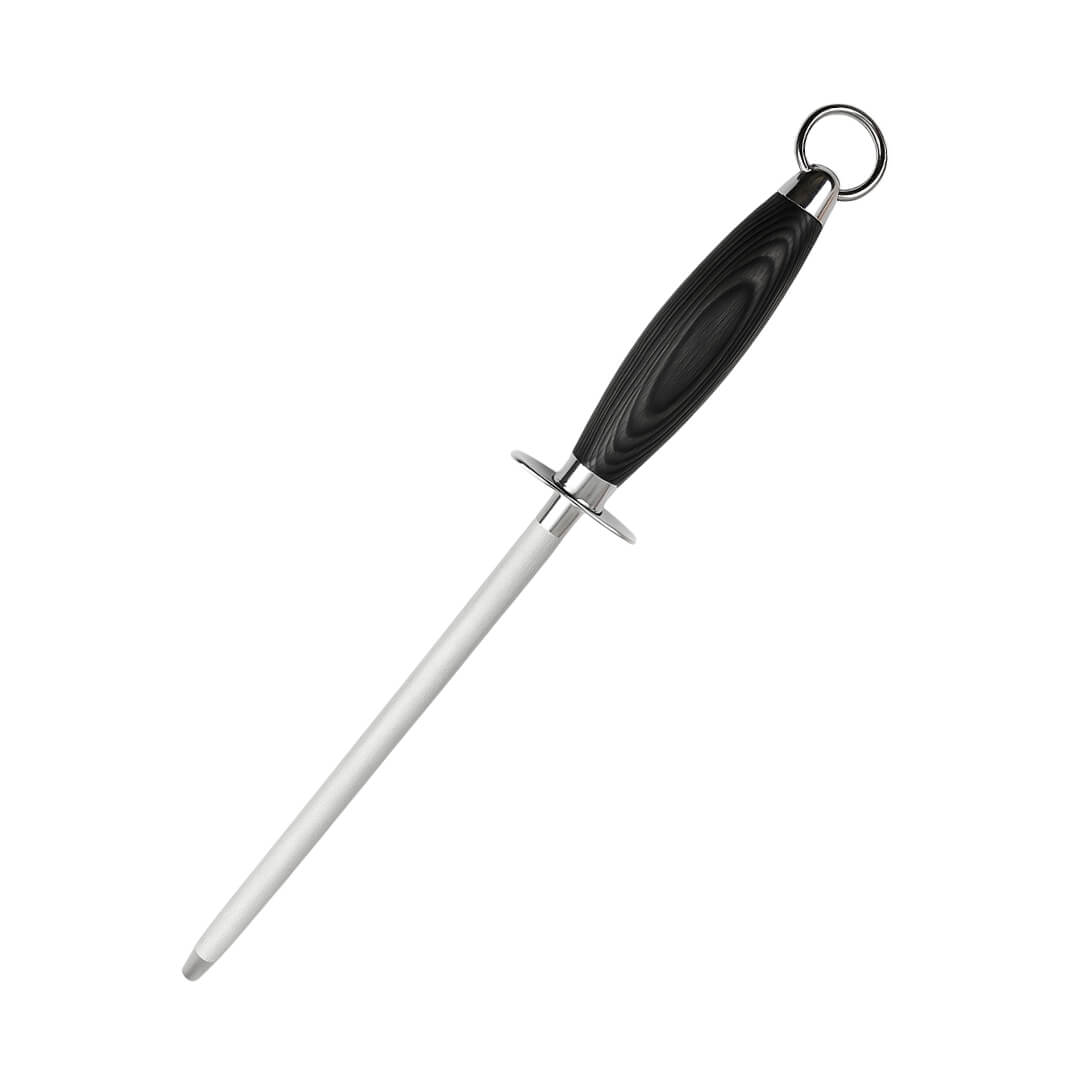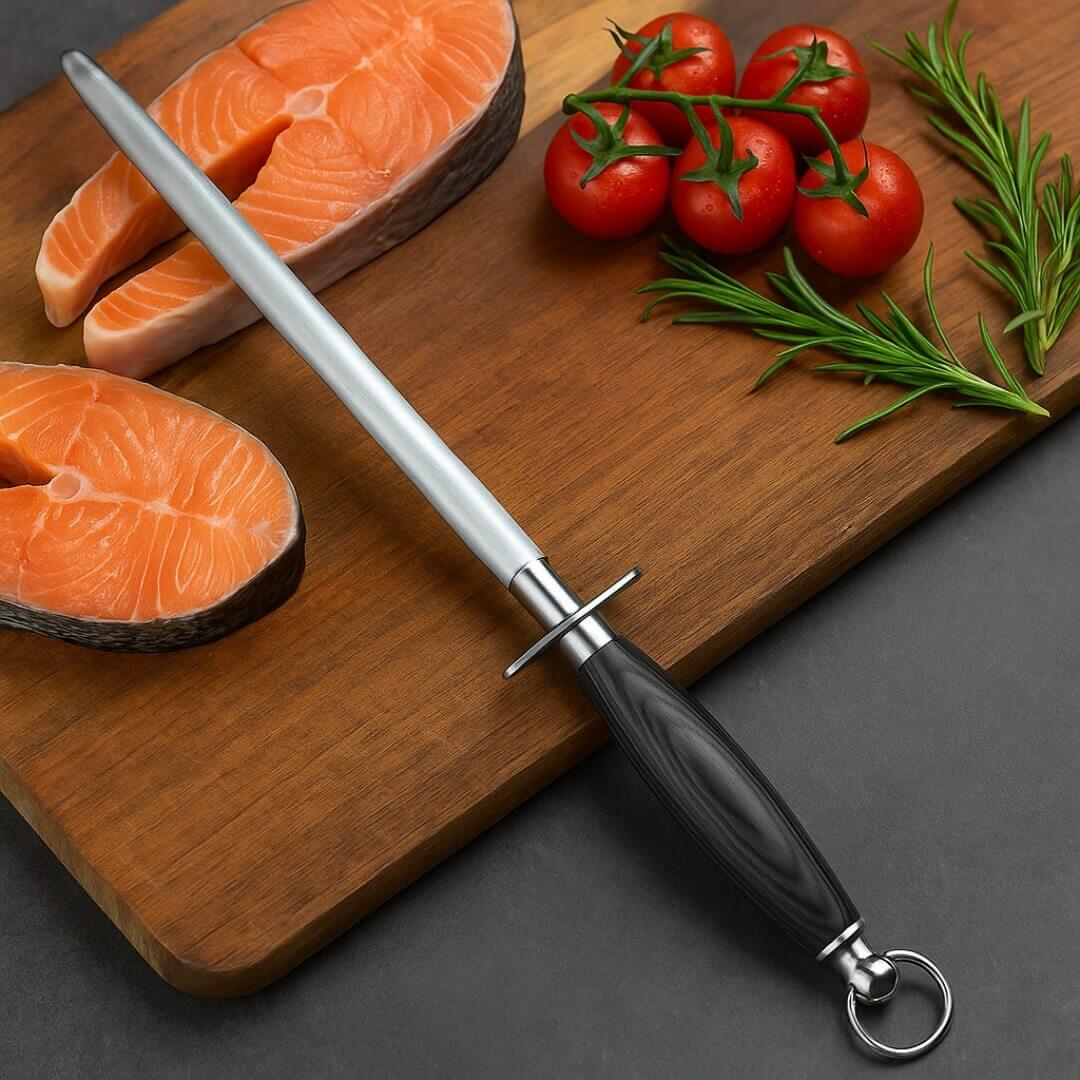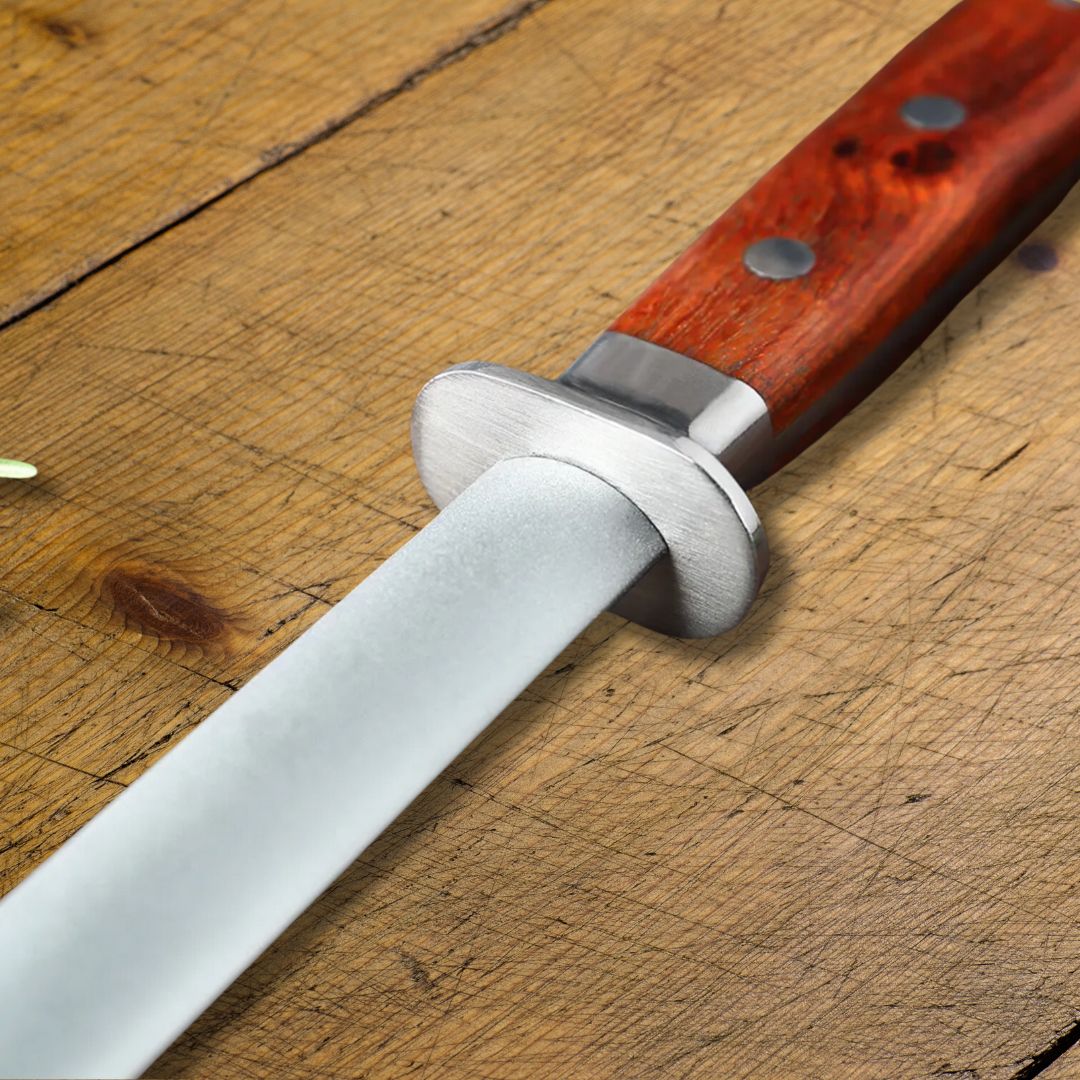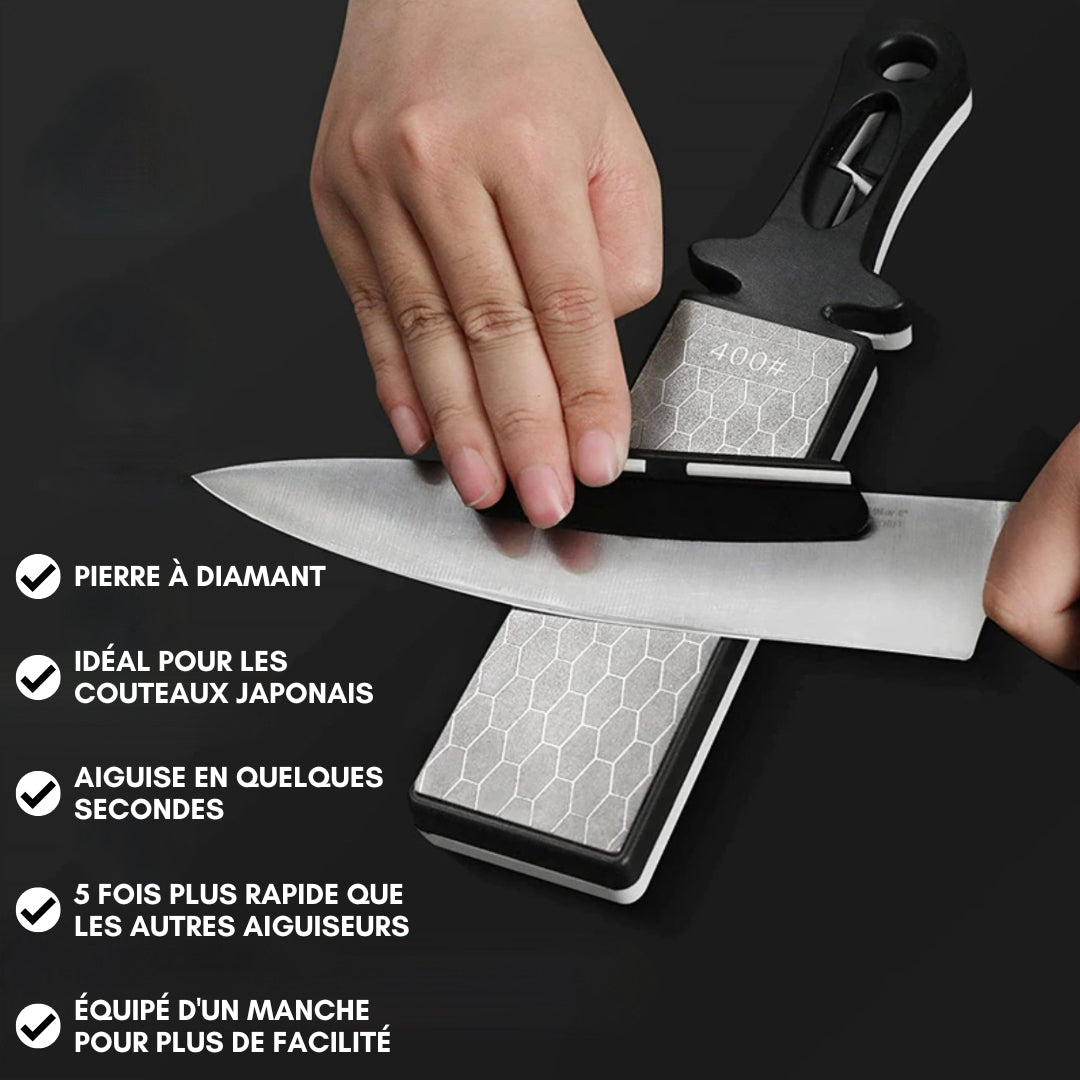
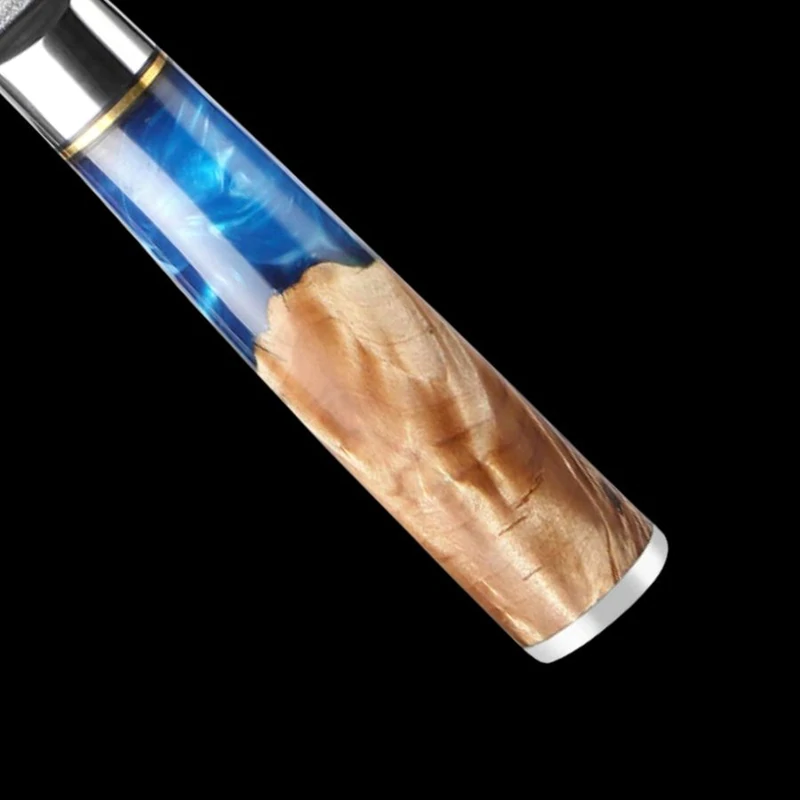
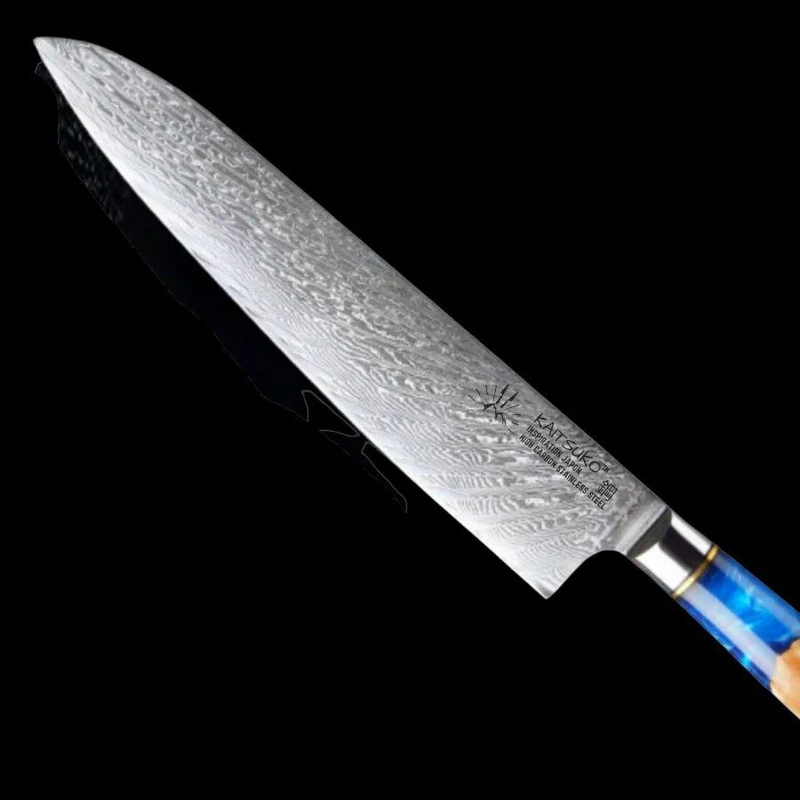
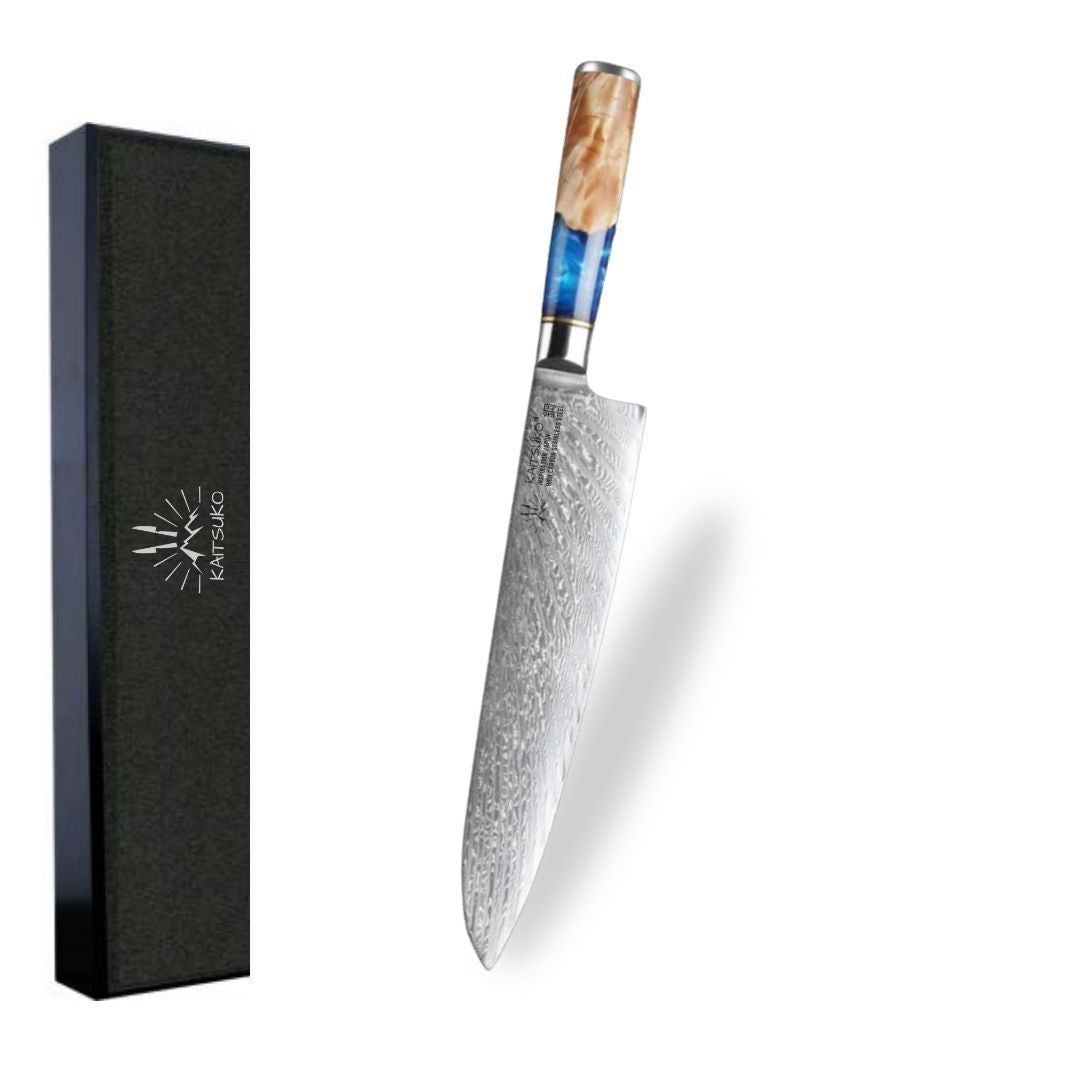
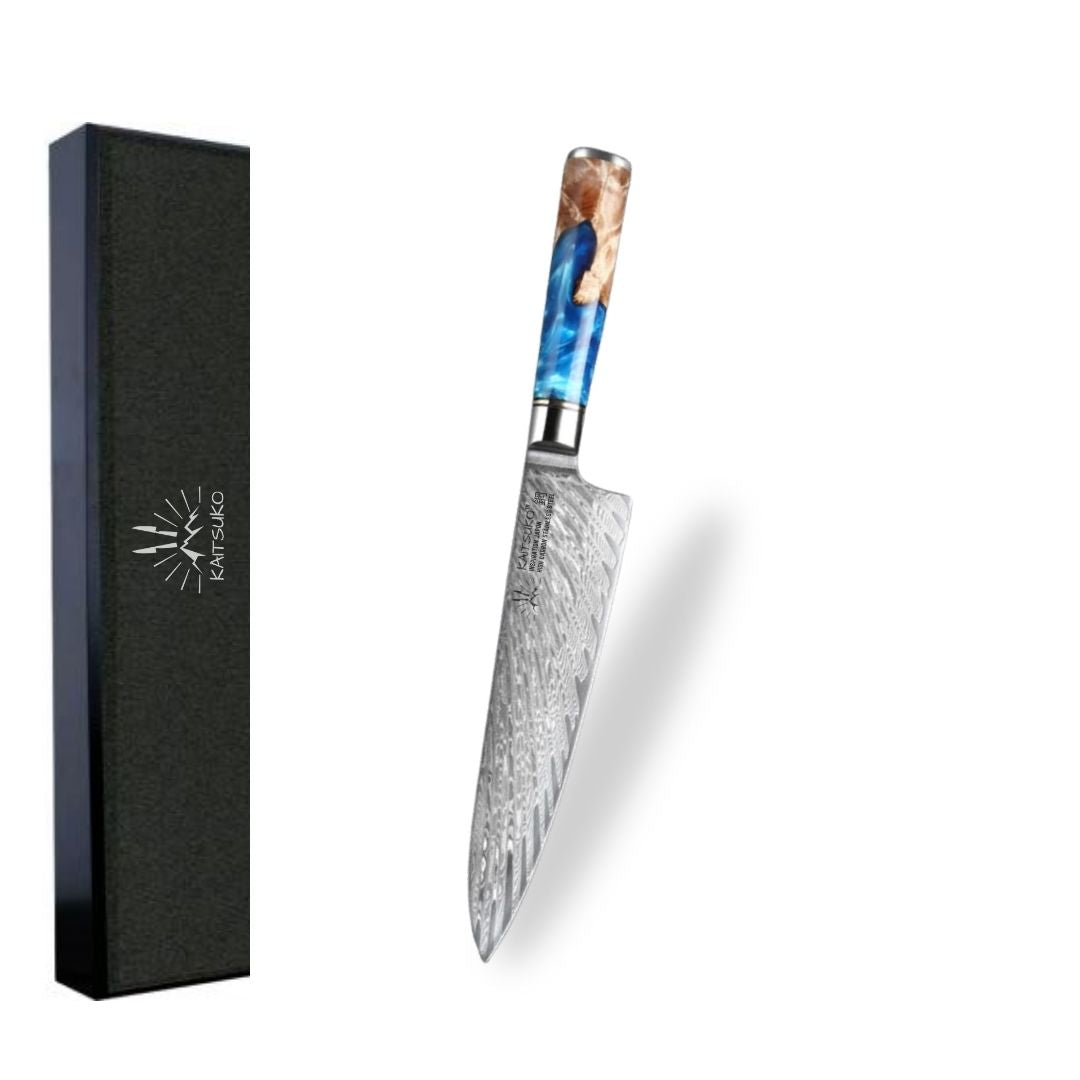

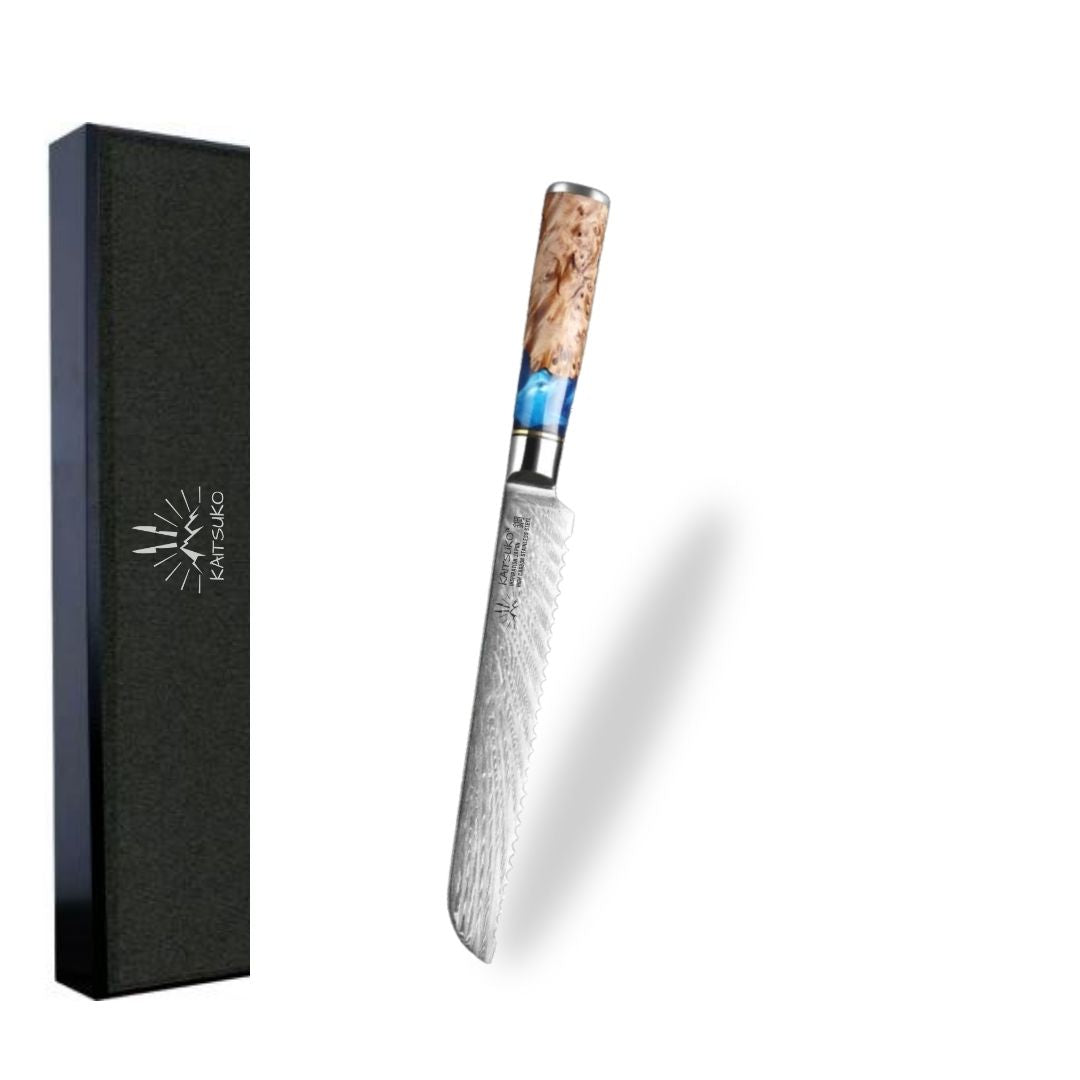
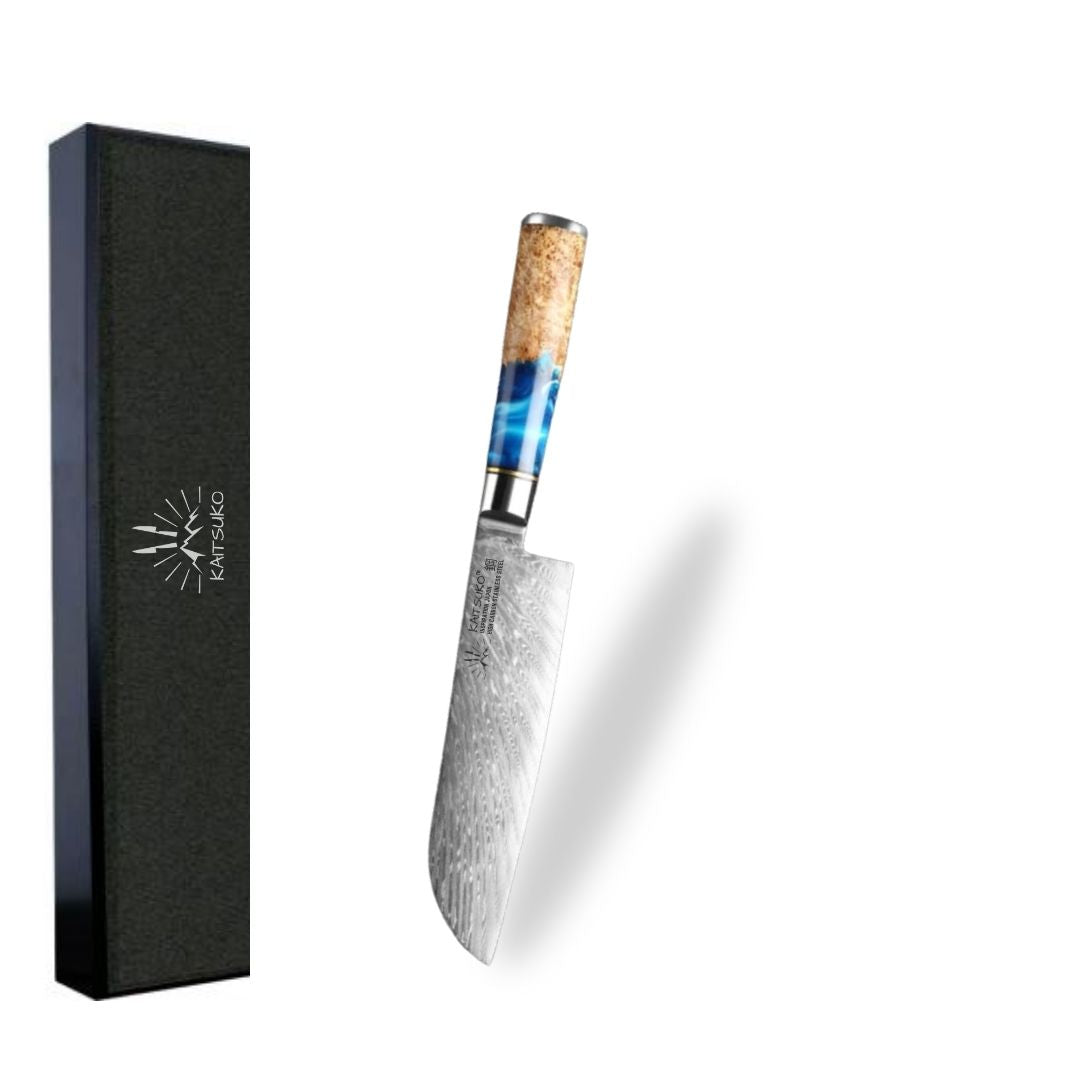
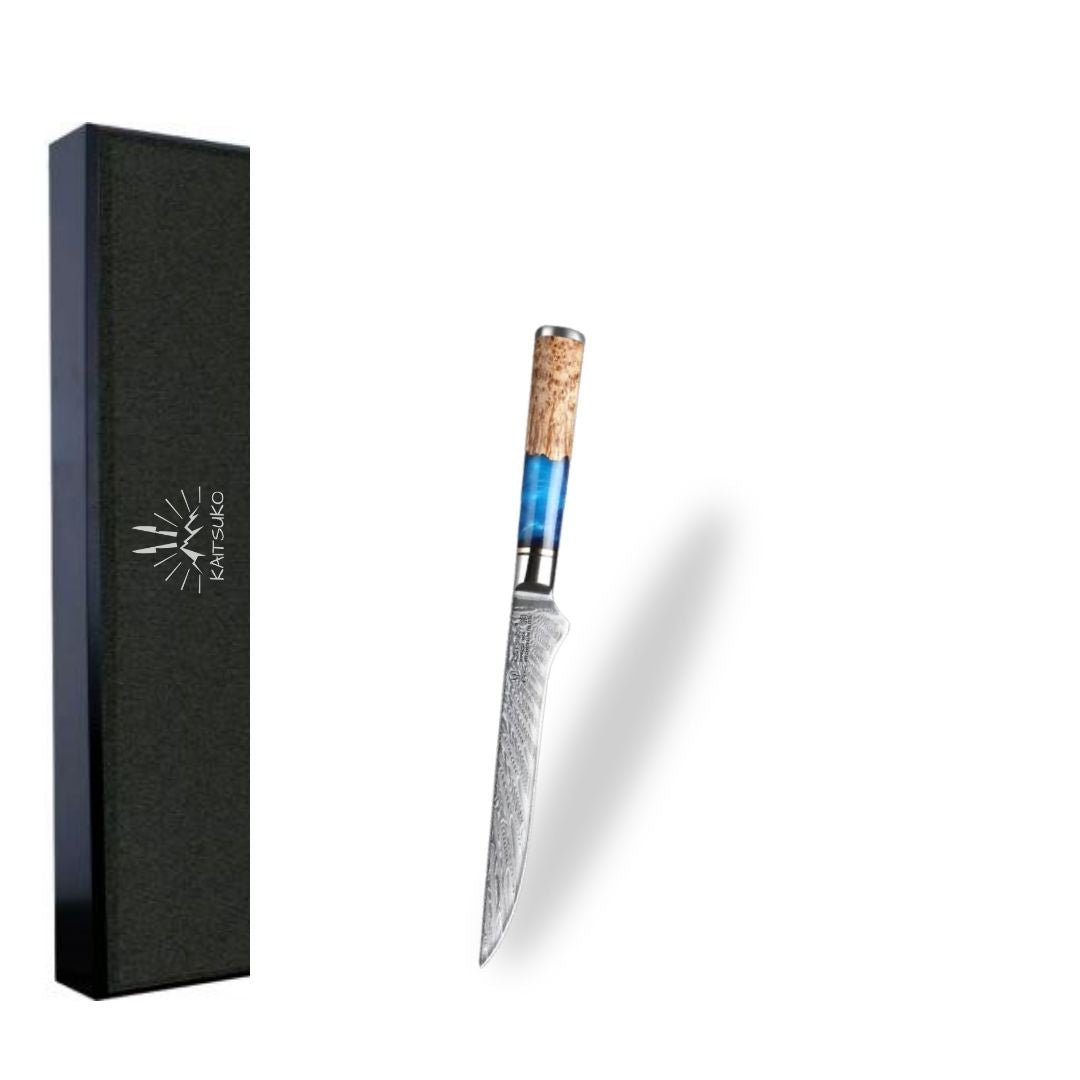

Set of 7 Japanese knives - Yellow Sea Series
Total value of knives individually: 900,00 €.
Save 39% By purchasing this knife set.
Also discover

Set of 7 Japanese knives - Yellow Sea Series
Description and technical specifications
The best Damascus steel knives
Are you looking for high-end knives with incomparable quality?
Discover each knife in the Mer Jaune Series . Made of Damascus steel , these knives are the strongest and most resistant on the market. These are real chef's knives. The original handle worked and covered with resin gives them an elegant and deep style. Each knife is unique thanks to the designs on the handles and blades.
This solid handle will allow you to easily grip your knife for perfect control of your movements when cutting.
We invite you to discover in our range of single knives, the Santoku Knife - Chef Tanaka - Land of Fire. 

The specificities of each knife
Large Chef's Knife - 234g: Made for chopping herbs, cutting vegetables and cutting large pieces of meat or fish  Chef's knife - 191g: Made for cutting herbs and vegetables, and for preparing pieces of fish and meat
Chef's knife - 191g: Made for cutting herbs and vegetables, and for preparing pieces of fish and meat  Nakiri knife- 279g: Made for slicing vegetables and herbs without damaging them
Nakiri knife- 279g: Made for slicing vegetables and herbs without damaging them  Bread knife - 175g: Made for cutting all types of bread with hard crusts
Bread knife - 175g: Made for cutting all types of bread with hard crusts  Santoku knife - 244g: Made for cutting fragile foods, slicing vegetables, cutting meat and fish
Santoku knife - 244g: Made for cutting fragile foods, slicing vegetables, cutting meat and fish  Boning knife - 125g: Made for removing flesh from the bone, cutting small bones
Boning knife - 125g: Made for removing flesh from the bone, cutting small bones  Utility knife - 217g: Made for precision cutting
Utility knife - 217g: Made for precision cutting 
- Blade Material: 90Cr18MoV Damascus Steel - 67 Layers
- Handle material: Stabilized wood + epoxy resin
- Steel hardness: 60 ±2 HRC
Our History
Kaitsuko knives are specially selected by our team of enthusiasts. They are designed to offer optimal comfort of use to those who use them. The blades are of impeccable quality .
The strength and durability of our knives will allow you to use them again and again!
They maintain an exceptional sharpness despite daily use.
Kaitsuko knives allow for clean and precise cutting of all your foods. Proper maintenance of your knives will extend their lifespan. This involves careful washing and good sharpening.
Do you have a question? Check out our FAQ to find the answer! If you have another question, our customer service will be happy to answer you from Monday to Friday at info@kaitsuko.fr
-
FAQ
The answer to all your questions HERE .
-
CUSTOMER SERVICE
Contact us Monday to Friday from 8am to 6pm at info@kaitsuko.fr
OUR MISSION
Each Japanese knife in the Mer Jaune collection embodies a perfect fusion of tradition and innovation. These knives feature a 67-layer Damascus steel blade, forged by experts using the ancestral technique of hammering and folding.
This process gives each blade a unique beauty with exceptional strength and sharpness properties.
The beige and blue epoxy resin handles are specially designed for the knives in this collection and provide a secure and comfortable grip. The patterns are also unique and give an incomparable beauty.
LEARN MORE
The use of each knife
Kiritsuke Knife : The Kiritsuke knife is a versatile knife that can be used for cutting a variety of foods. Its angled blade allows for precise cuts for slicing vegetables, meat, and fish.
Chef's Knife : The Chef's knife is a versatile tool that features a long, sharp blade, as well as a fine tip for precise and efficient cuts. It is an ideal knife for slicing, chopping, and chop all types of food.
Slicing Knife : The slicing knife is designed specifically for cutting thin slices of meat, poultry, or fish. Its long, narrow blade allows it to glide easily through food. It allows for precise cuts without tearing the food.
Bread Knife : The bread knife is designed to cut through different types of bread without crushing or tearing them. Its serrated blade allows you to slice cleanly through the crispy crust, without crushing the crumb inside.
Santoku Knife : The Santoku knife is also a versatile knife that is ideal for slicing, chopping and cutting different foods. With a wide, straight blade with a rounded tip, it has a large cutting surface. In short, the This knife is perfect for making multiple preparations in the kitchen.
Nakiri Knife : The Nakiri knife is specialized in cutting vegetables. Its straight, rectangular blade offers a wide cutting surface that is ideal for chopping, slicing and mincing precisely. It can also be used as a shovel knife to transfer vegetables into the flat.
Utility Knife : The utility knife is versatile. It is designed to perform several types of tasks in the kitchen. Its size, halfway between a chef's knife and a utility knife, makes it perfect for medium-sized cutting tasks, such as slicing fruit. , vegetables, cheese, peel, or even cut food into small pieces.
Boning Knife : The boning knife is specially designed to remove meat from bones with precision. Its rigid and narrow blade allows it to follow the contour of the bones, thus reducing meat waste.
Paring knife : The paring knife is ideal for precision tasks thanks to its small size and short, pointed blade. It is perfect for peeling and cutting fruits and vegetables, as well as for making delicate cuts. Versatile and handy, the paring knife is often used for detailed work that requires great precision. Whether it's for removing seeds from a fruit, coring tomatoes or chopping herbs, this knife is an essential companion for amateur and professional chefs.
Steak Knife : Steak knives, also called "table knives," are knives designed specifically for cutting cuts of meat during meals. They have a serrated blade that makes it easy to slice through pieces of meat without tearing the fibers.
Nordic Knife : Nordic knives are also known as Scandinavian knives. They are sturdy and versatile and can handle a wide range of kitchen tasks. They can also be used for cutting wood or preparing food during cooking sessions. hunting or camping.
Knife maintenance
- Never put knives in a dishwasher.
- Wash knives by hand and wipe the blade thoroughly with a soft, dry cloth to maintain the efficiency and quality of the blade.
- Clean the blades with soapy water.
- If the knives have wooden handles, dry them thoroughly before storing.
- Knives do not stay sharp for life, no matter the blade; it is therefore advisable to sharpen them as soon as the edge becomes less sharp.
- Do not use the edge of the knife to push food onto the board. Use the back of the blade instead.
- Never use the abrasive side of sponges to clean blades.
- Cut food on a wooden board to avoid damaging the blade of your knives.
- Do not make any cuts in a pan or baking dish to avoid damaging the blade of the knives.
COMPLETE YOUR PURCHASE
Magnetic Wall Mount Knife Holder
Premium stainless steel sharpener with handle
Sharpening steel - Special kitchen gray handle
Sharpening steel - Wooden handle - 20cm
Professional Knife Steel – Dark Wood – 23 cm
Sharpening steel - Wooden handle - 30cm






